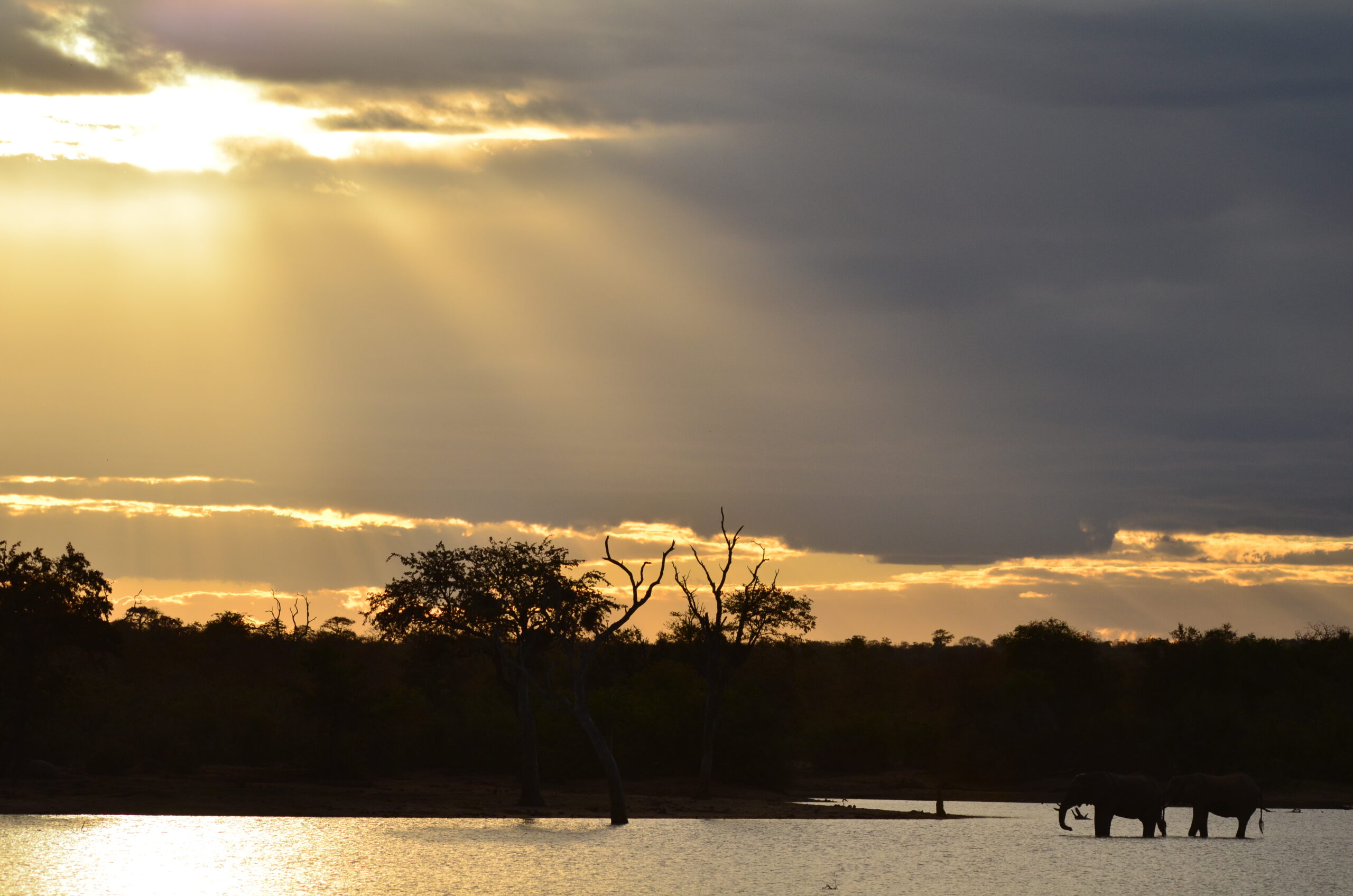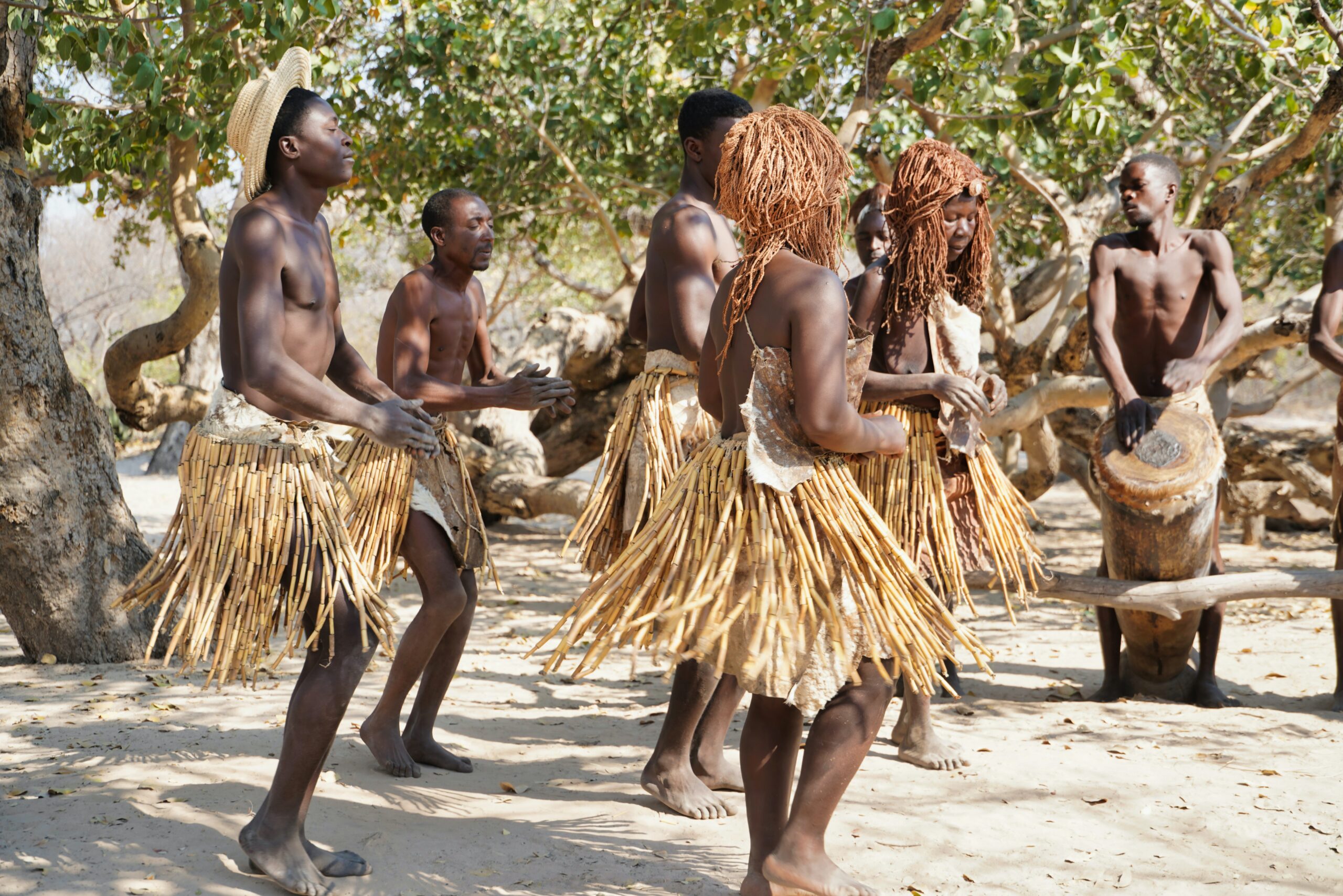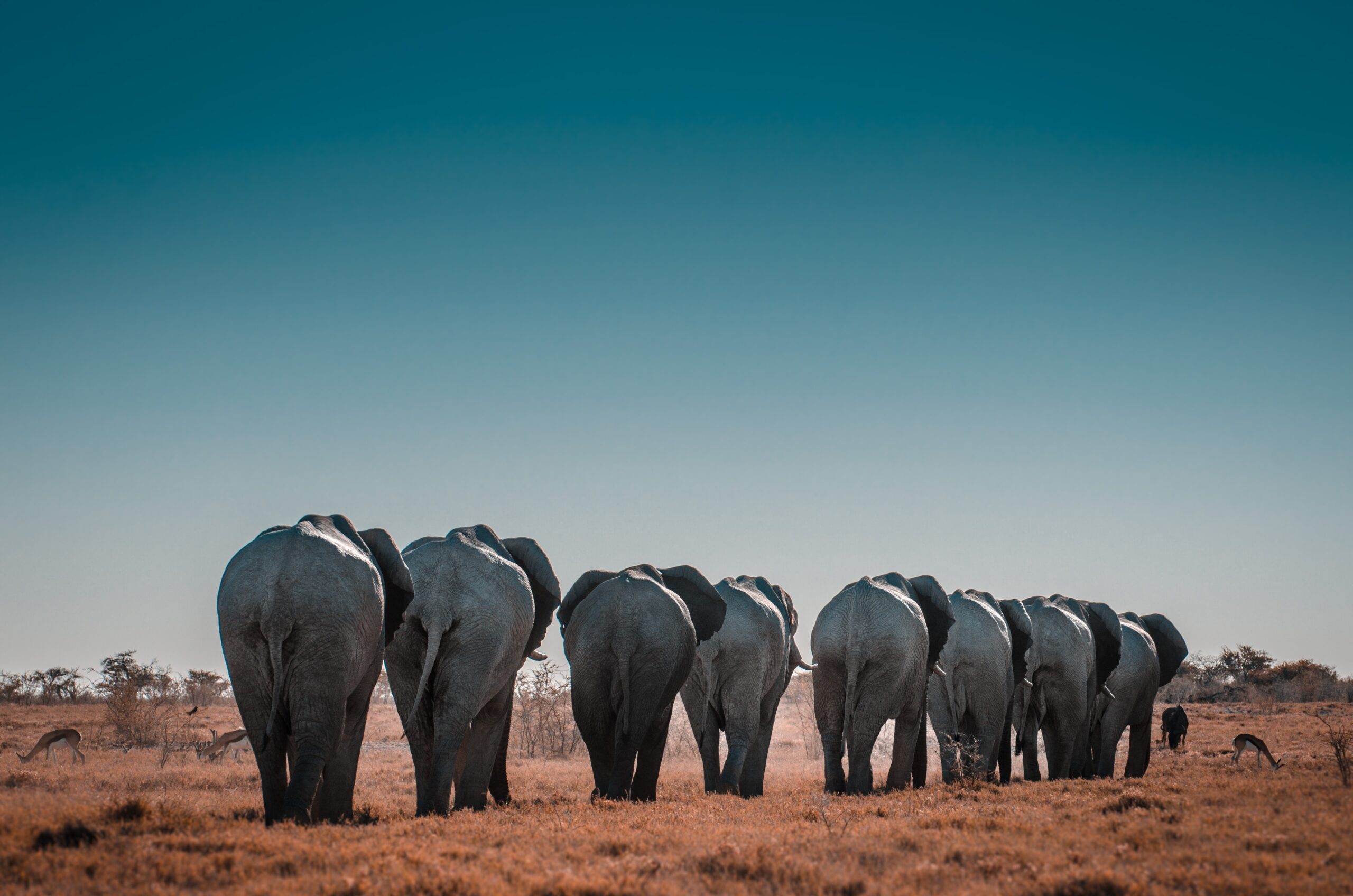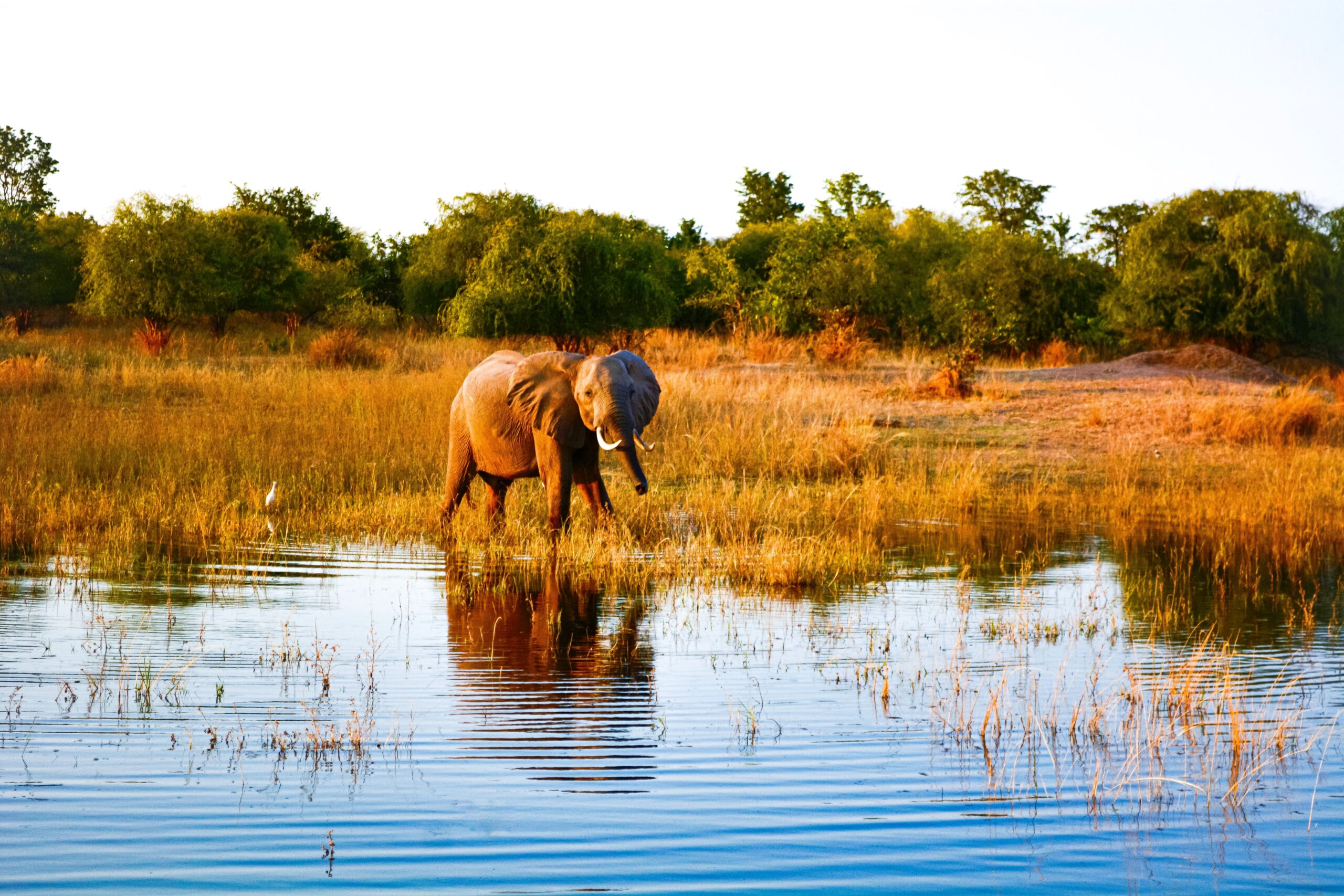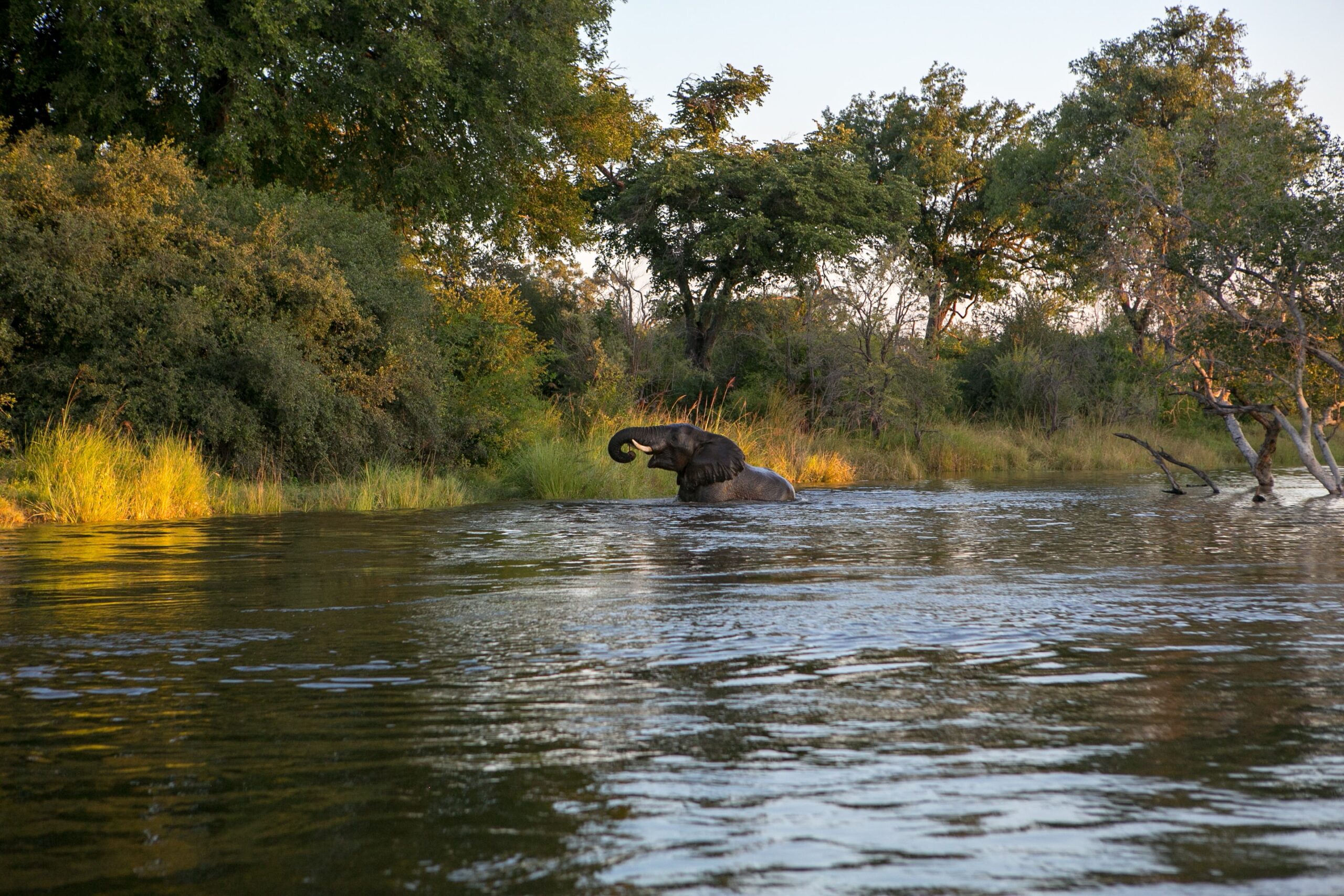The experience
Return to your roots with Ikamela Safaris as we immerse you in the beautiful African safari. See, stalk and hunt a wide variety of magnificent African game. We combine thrilling wildlife adventures with luxurious food and accommodation to give you the ultimate African safari experience. We show you the raw, real, and exciting side of Africa. With the best of Professional Hunters, expert chefs, and luxury accommodation, you’ll leave with your batteries charged and a trophy or two to prove your efforts.
If you find yourself wanting to travel across Africa to get the perfect hunt, we can arrange for you to tour the Sub-Saharan plains.
Countries include:
Hunting
Prices*
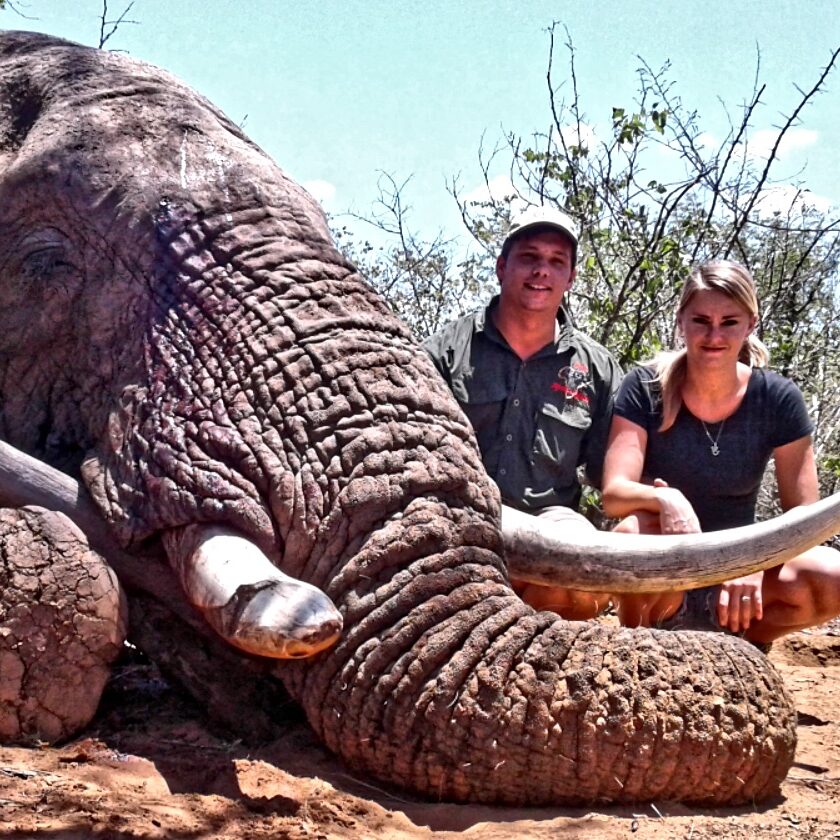
Elephant
These magnificent mammals are one of the wonders of the animal kingdom! African elephants are known for their massive size and ungainly walk. An elephant hunt requires the biggest rifle you have, some impeccable aim, and a lot of courage.
Price on request
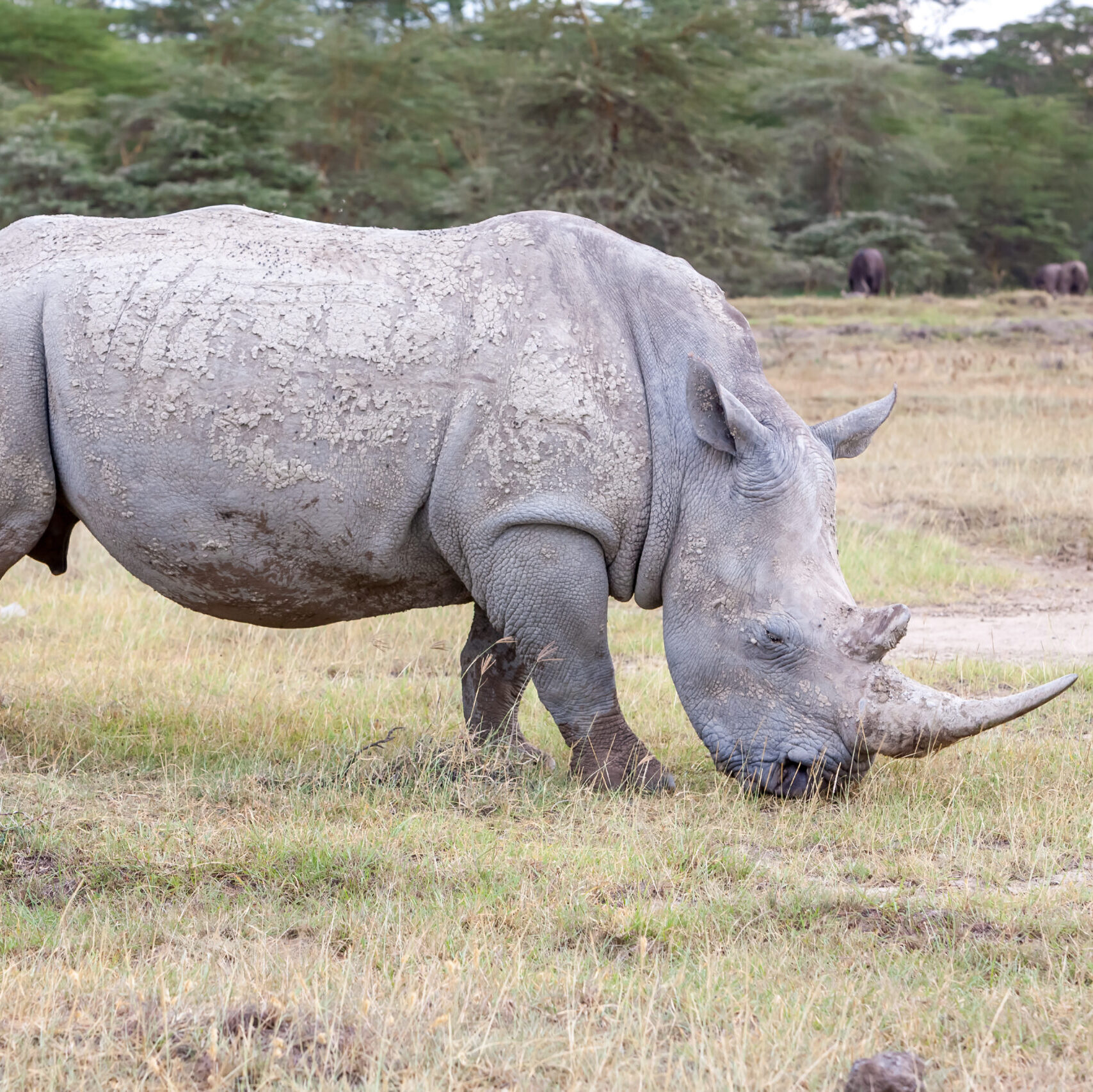
White Rhino
Rhino’s are nature's tank. This cunning animal tries to make sure it’s never caught in a situation it can’t use its horn to get out of. It takes a truly skilled predator to hunt one of these.
PRICE ON REQUEST
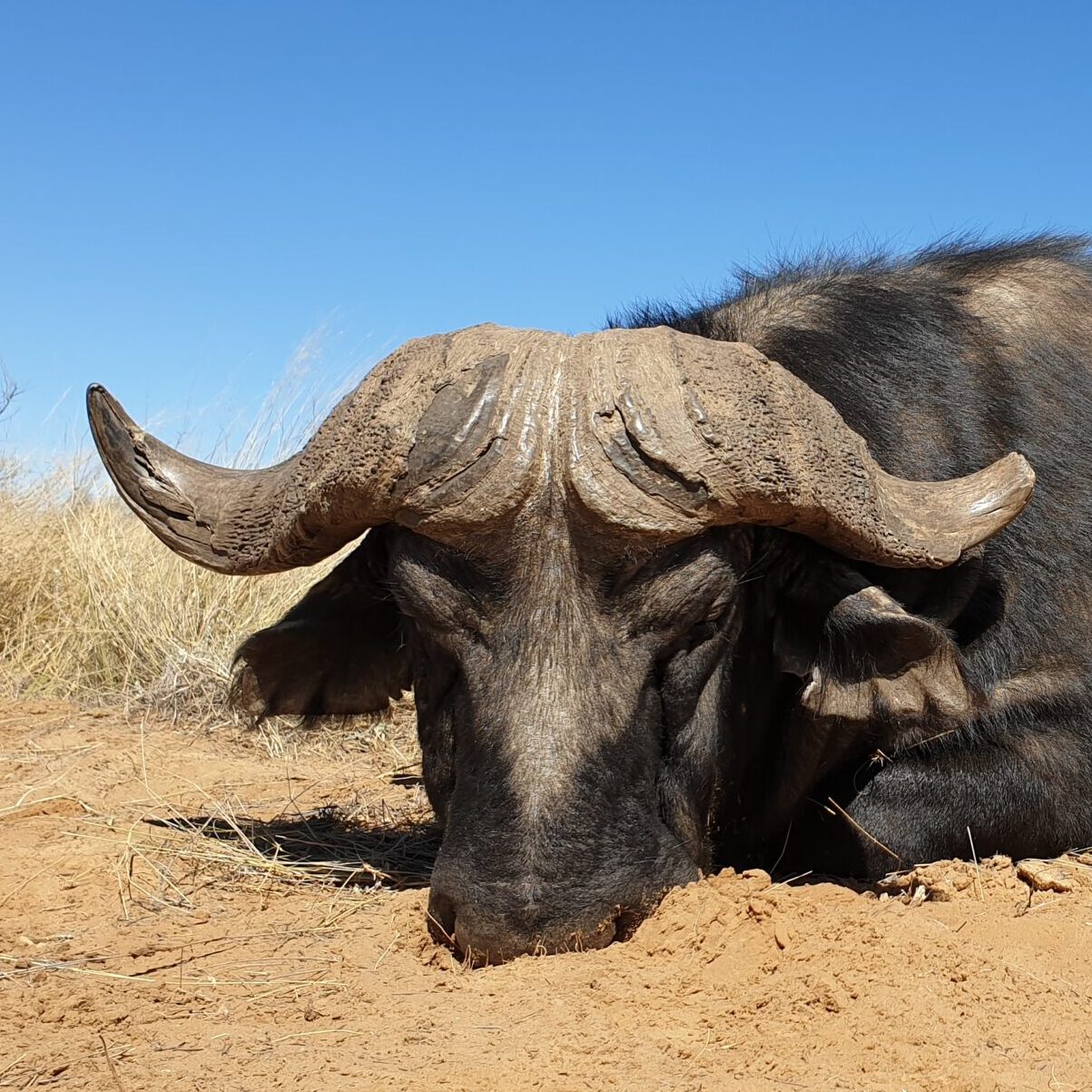
Cape Buffalo
Cape Buffalo can form huge numbers in herds. Big hard bossed bulls' “Douga Boys” break away from the herd as they get pushed out by younger bulls. They then can be found alone or in small groups of douga boys. They tend to be very dangerous. Your guide will always be armed with heavy calibers that can stop a buffalo. Hunting Buffalo involves a lot of tracking and quiet stalking.
Starts at $9500
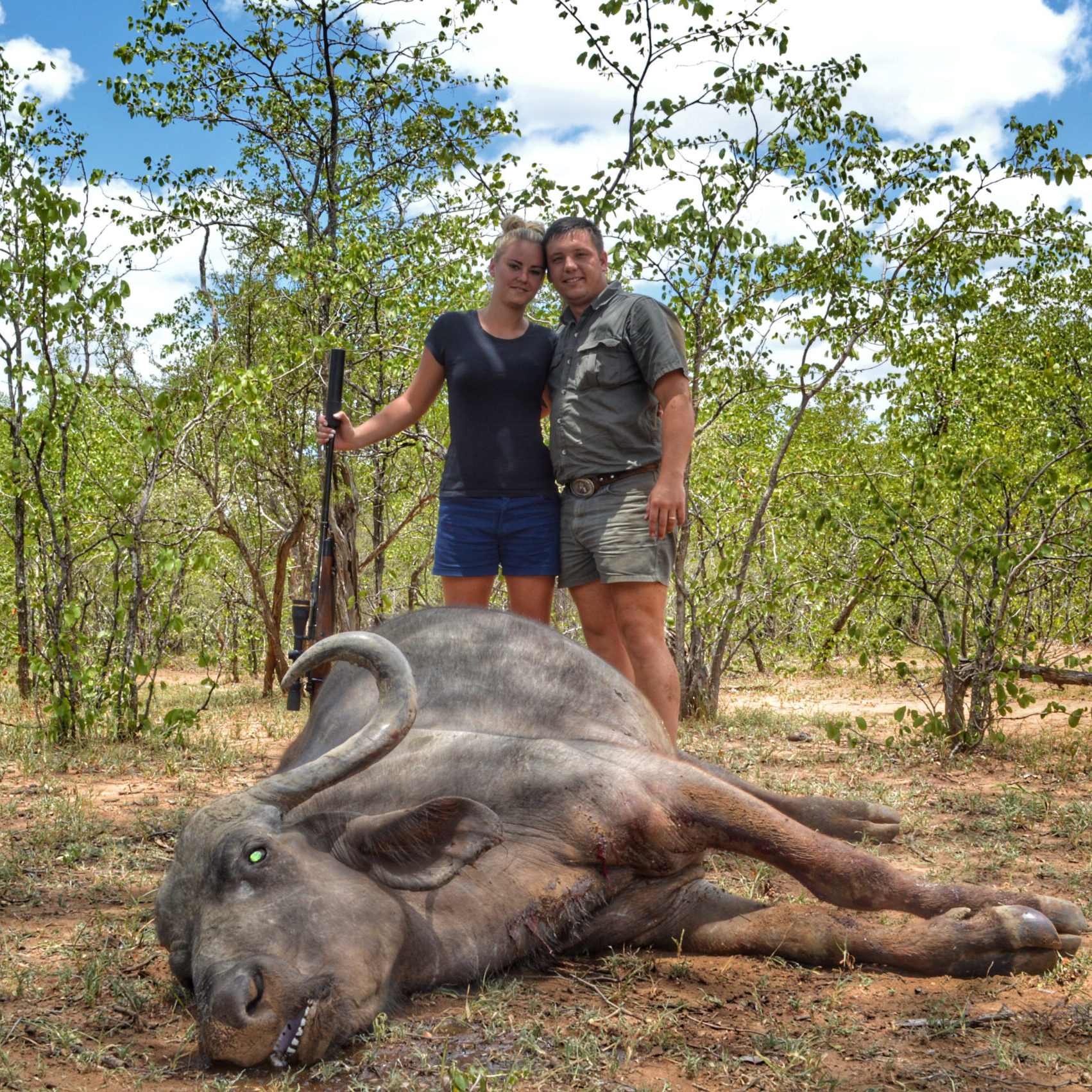
Buffalo Cow
Buffalo cows can be dangerous to hunt and can be even more dangerous when there is a calf in these herds. Buffalo cows also need to be hunted to control overpopulating in some areas.
$6000
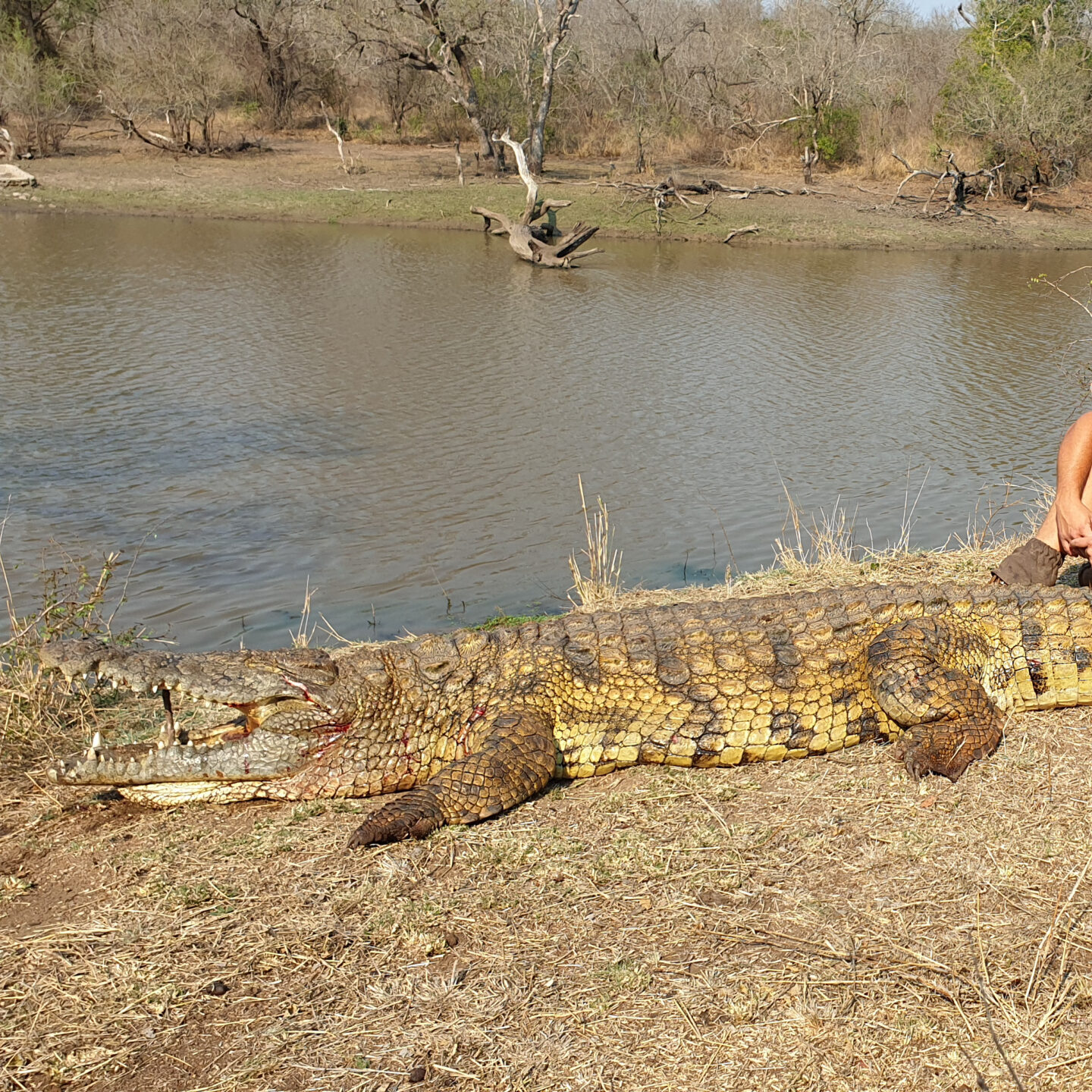
Crocodile
These descendants of the dinosaur family are associated with Australian plains, but are native to the Nile as well! The bony ridges and sharp teeth are terrifying, which is why these reptiles are ideal for advanced hunters.
PRICE ON REQUEST
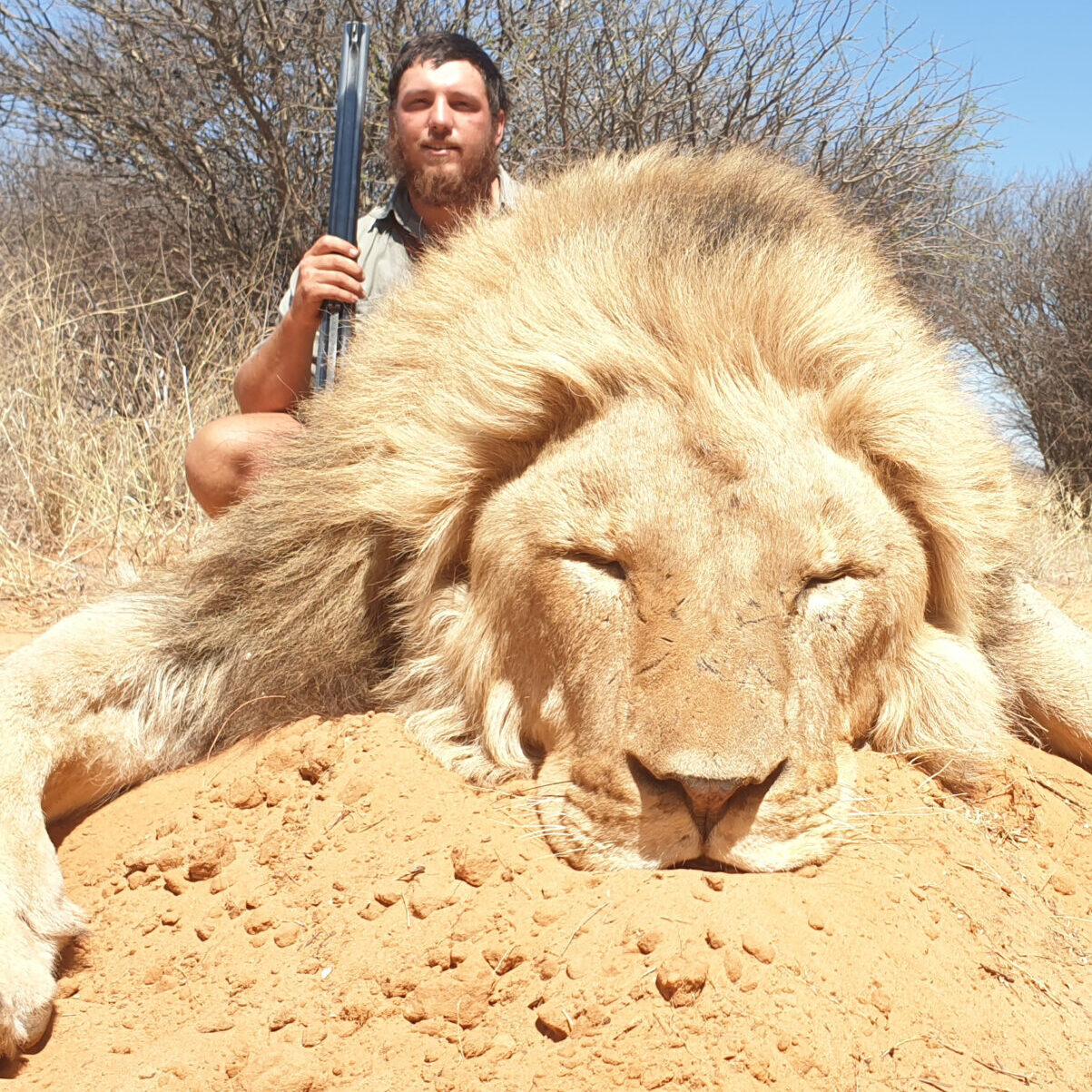
Wild Lion (W-CITES Lion)
The Lion is a big cat from Africa, with a large build, strong body, and a big head. Males are bigger and have a prominent mane. Lions are a social species, and form groups known as a pride made up of lions, lionesses, and cubs. At Ikamela Safaris you can hunt W-CITES* Lions that are exportable to the United States of America.
Price on request
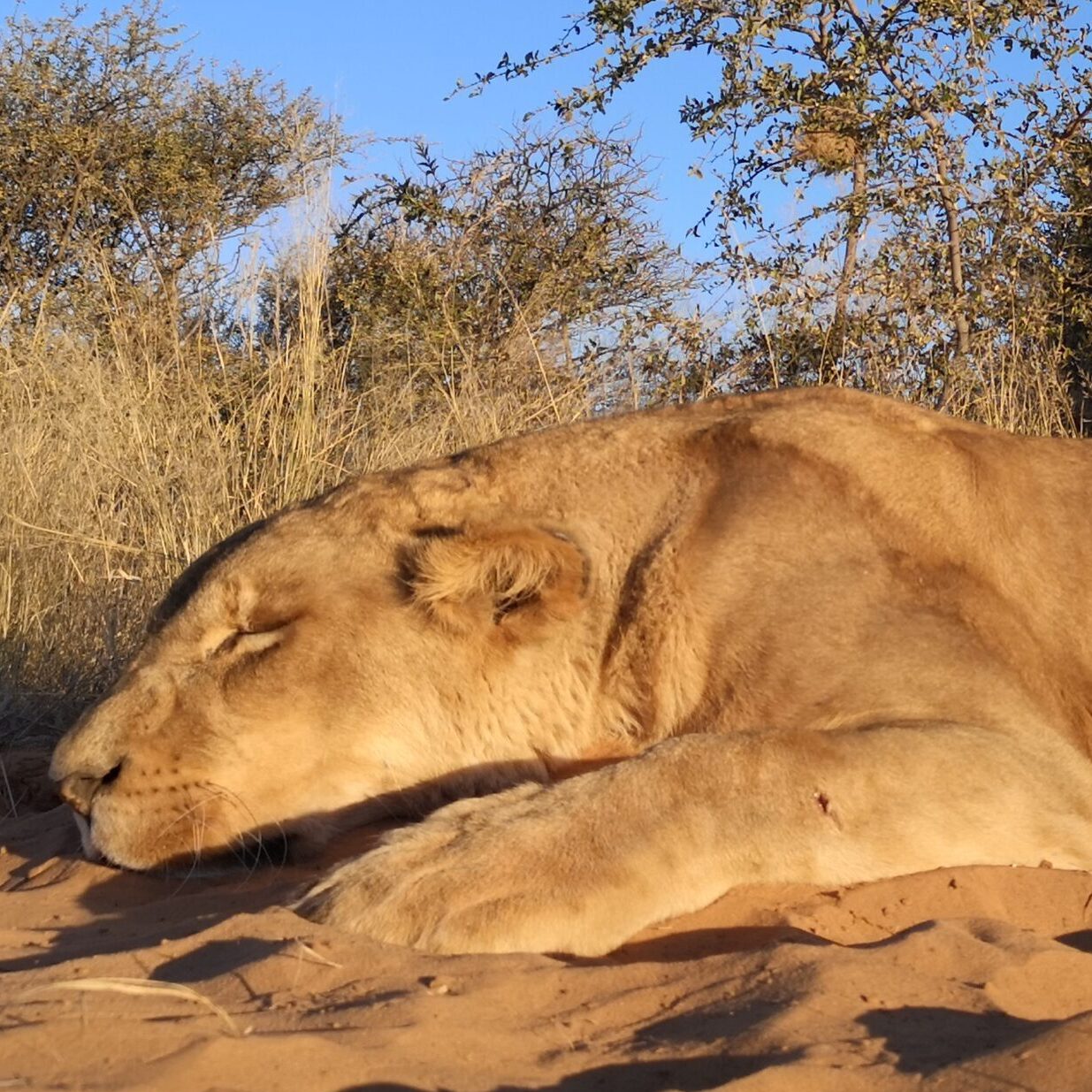
Lioness
These stealthy predators can be very dangerous to come across as they would stand their ground. Hunting this incredible species takes a lot of courage and long days of tracking. Lion Hunting is based on a management plan to ensure sustainable utilization across Africa to ensure the future of these species by controlling inbreeding and overpopulation in areas.
Price on request
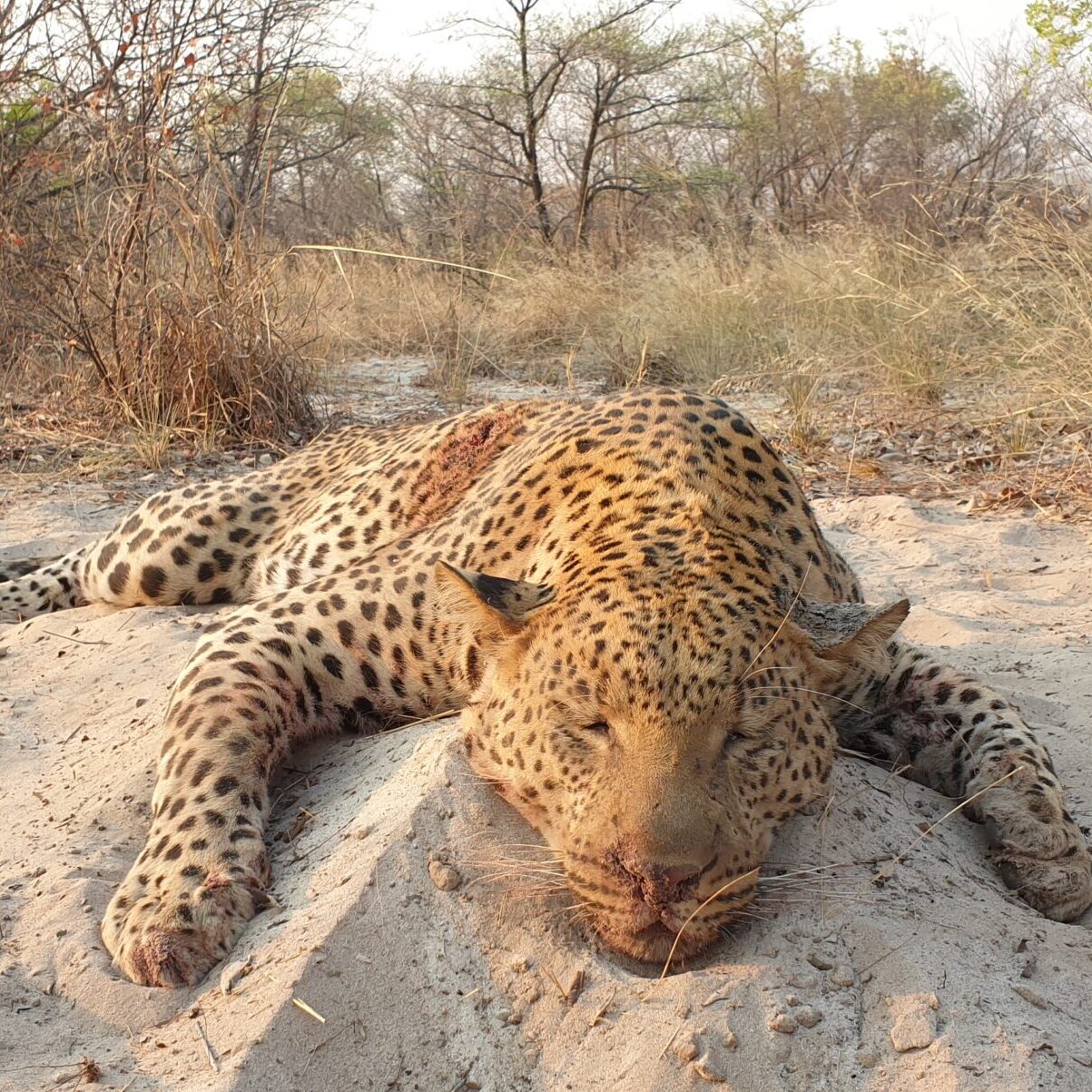
Leopard
Being able to carry four times its weight up a vertical tree, the leopard is probably the most prized game on the continent. Its spotted pelt could be the crowning glory of your hunting display if you have what it takes to go after one of these.
Price on request
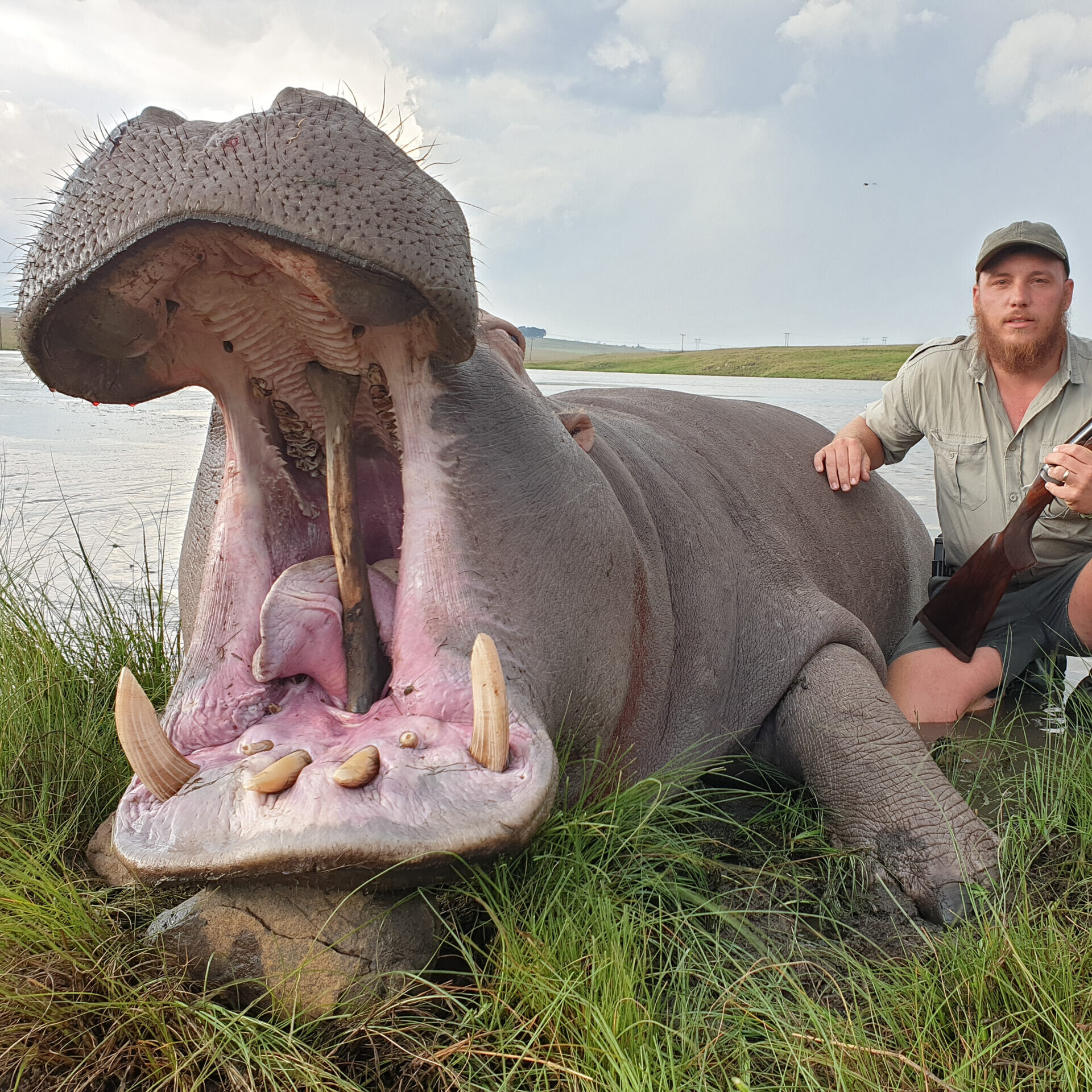
Hippo
A Hippo hunt can be very dangerous both on land or in water. The Hippo is considered one of the dangerous 7. The hippo is the animal that kills the most people in Africa and kills a good amount of people each year in the rural areas. You will need a steady aim and accurate shot placement to hunt one of these massive animals.
Price on request
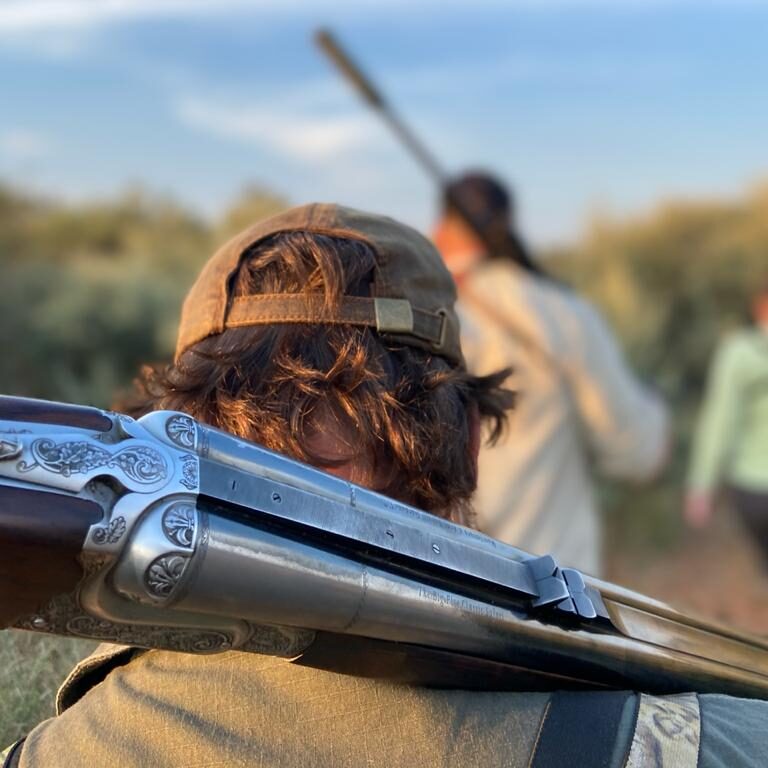
Dangerous game recommended rifles
The bigger calibers are recommended for dangerous game. The .375H&H is the minimum required caliber to hunt dangerous game in Africa, although the:
416 rigby/remington
458 lot / winchester magnum
470 NE
500 NE
Are great calibers to take on your dangerous game hunting trip to Africa!
* W-Cites Lion (Wild Lion), what does it mean?
W-WildCITES-Convention of International Trade in Endangered Species of Wild Flora and Fauna, CITES is an international agreement between governments with the objective of the preservation of the planet’s plants and animals by ensuring that the international trade in their specimens does not threaten their survival.
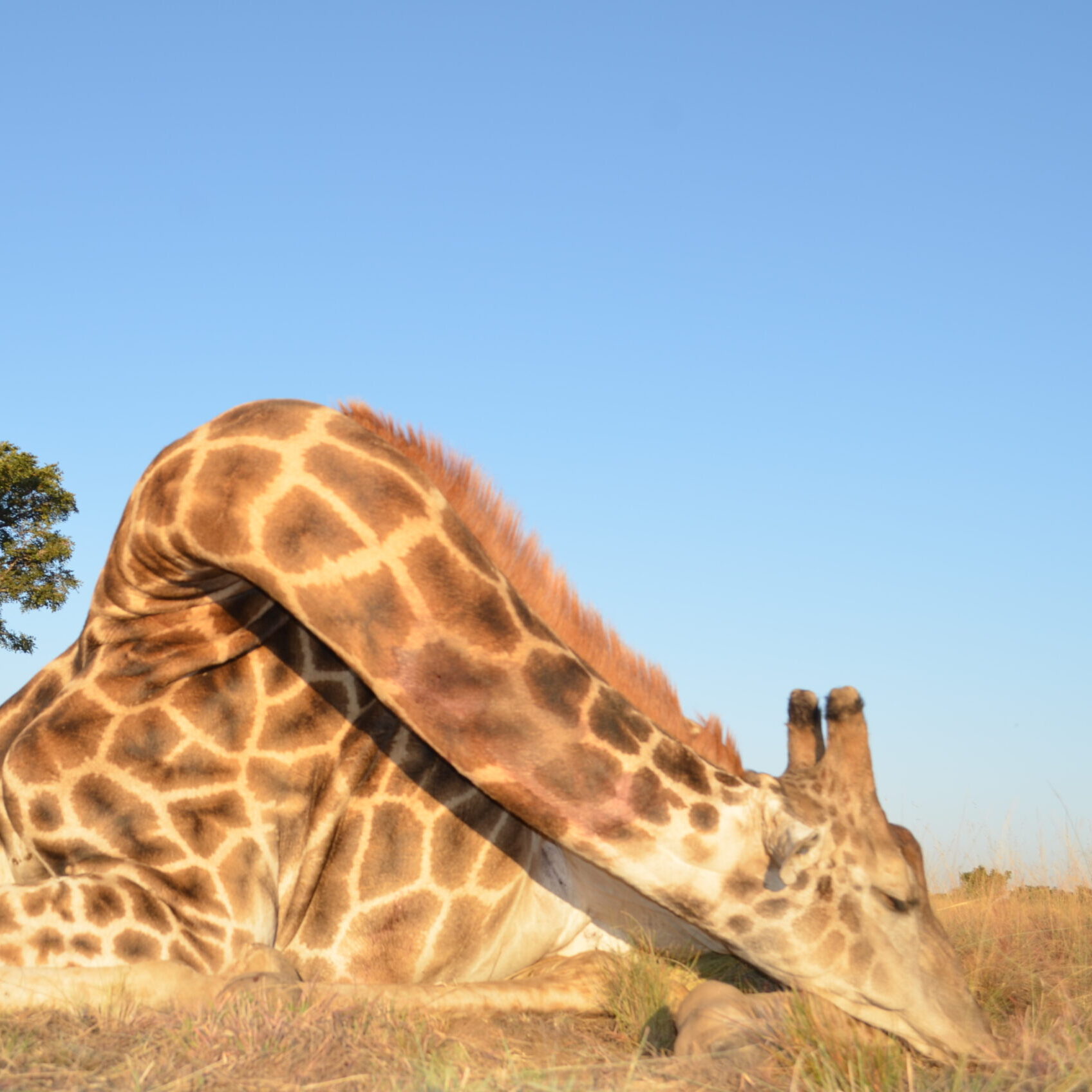
Giraffe
Who doesn’t know what a giraffe is? These long-necked majestic creatures can evade people easily because of their stealthy movements and hyper-sensitive sound and smell. Cornering one of these is not a piece of cake!
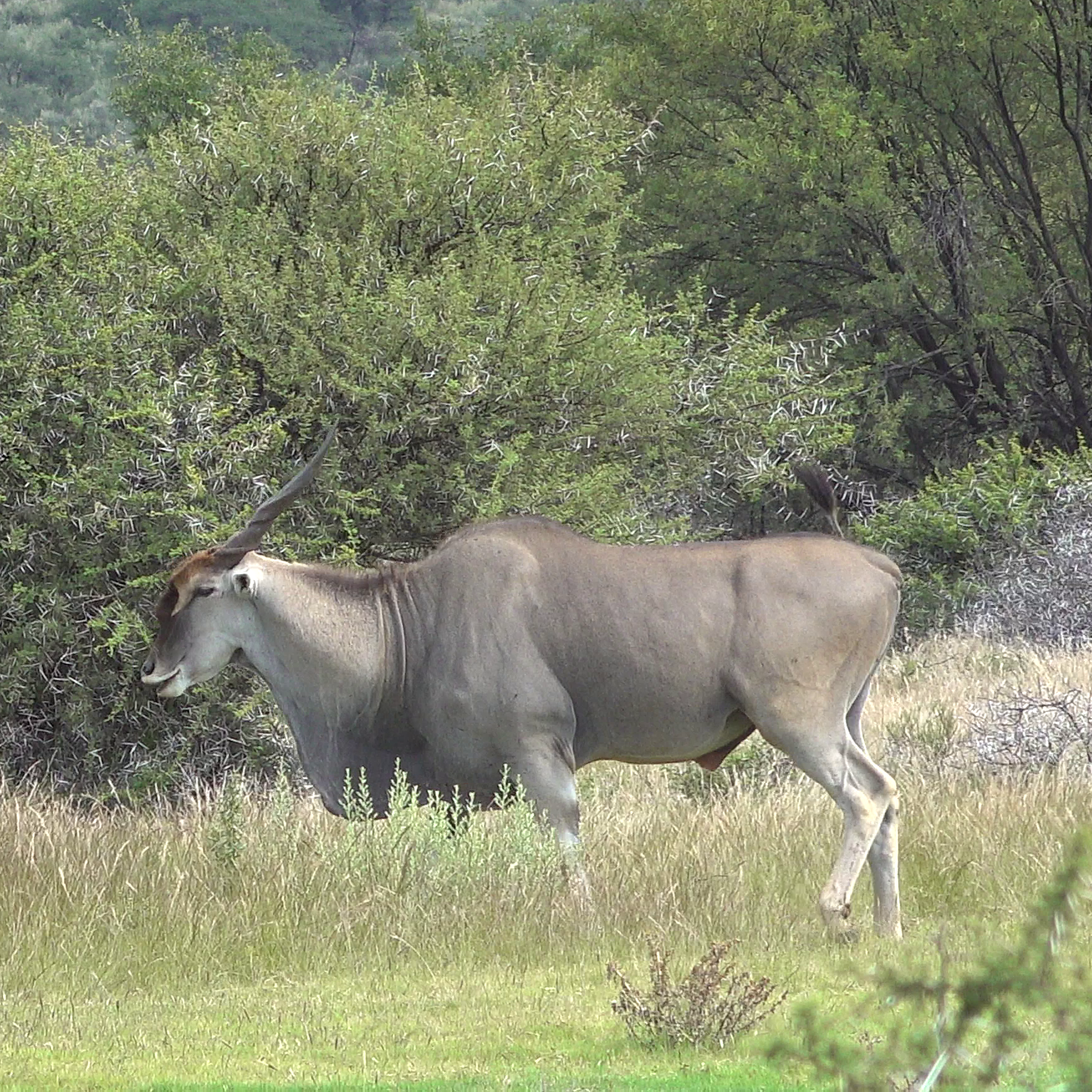
Cape Eland
This mammoth-esque member of the antelope family can sometimes weigh over 2000 pounds! With sharp, straight horns and sturdy legs, these creatures can outrun you pretty easily. Stealth is key here!
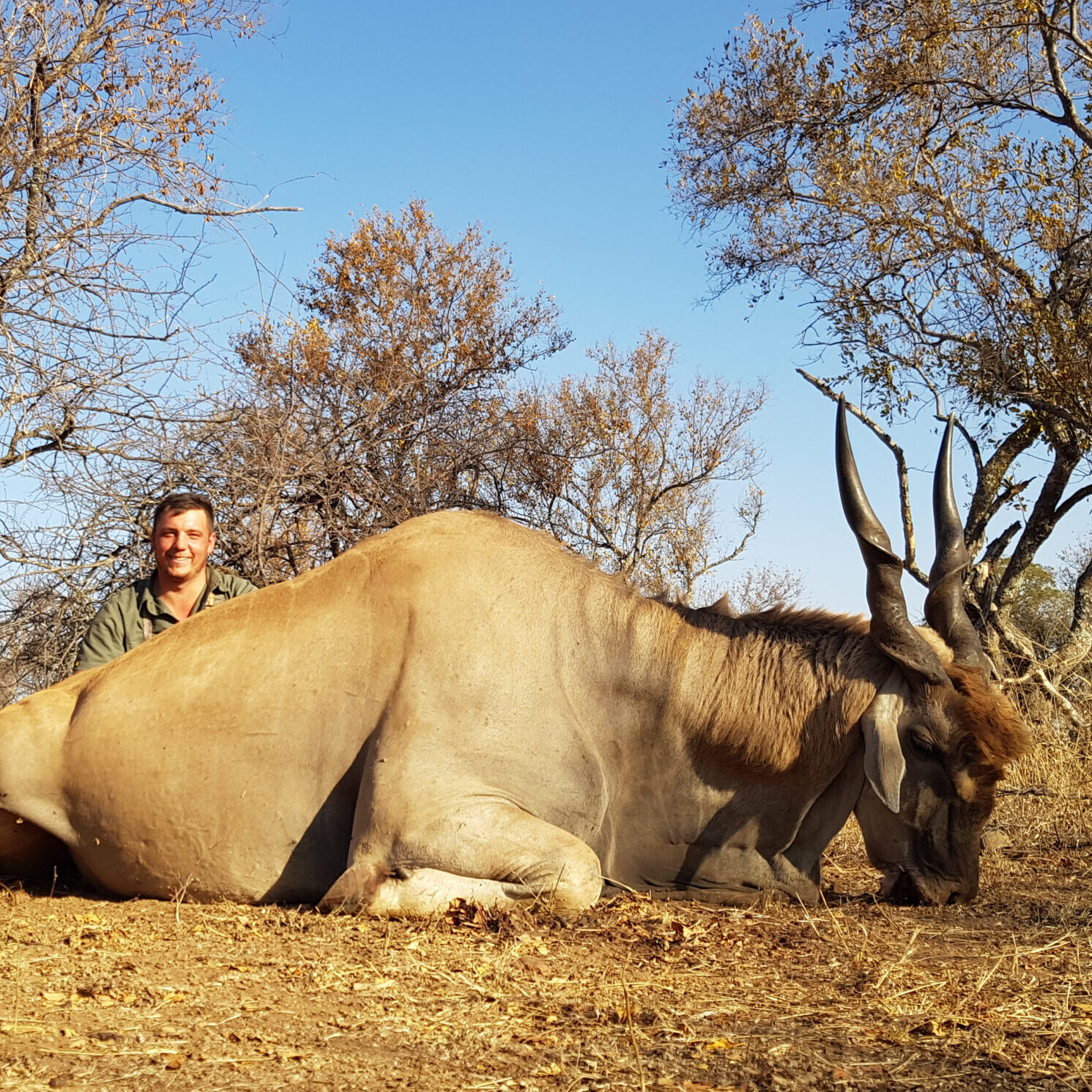
Livingstone Eland
This Eland is perhaps not as huge as the Cape Eland but is as regal. With ridged stripes across its back and some serious stamina, hunting these beauties can be quite a challenge, even for an experienced hunter.

Roan antelope
These antelopes are just a little bit smaller than the elands. However, they’re a rare find. If you do locate one, they’ll be grazing in the plain areas.
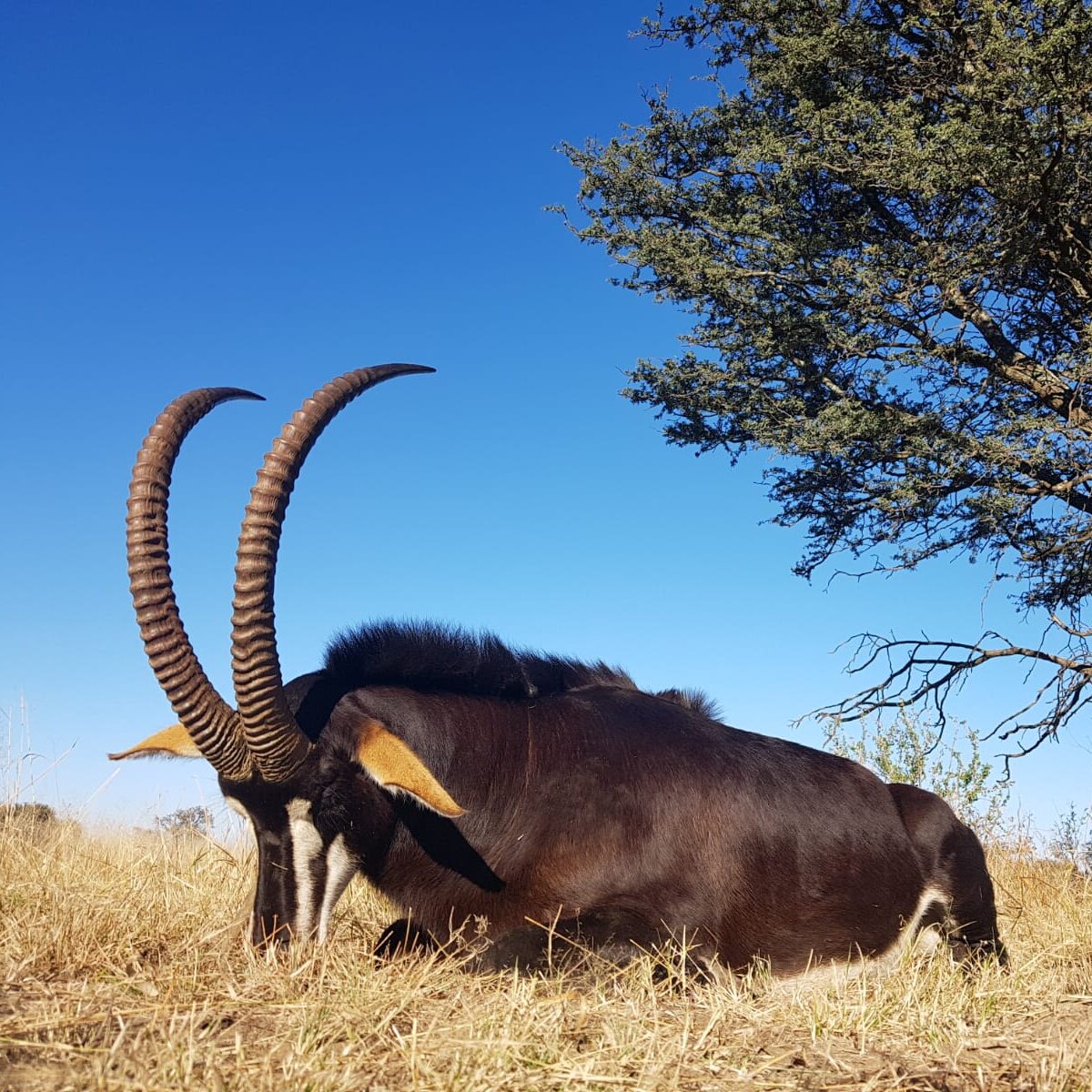
Sable Antelope
The sable antelope is an antelope that stays around the wooded savannas in East and Southern Africa, from the south of Kenya to South Africa. It is a large antelope with a pitch-black pelt. They have a unique and distinctive white-masked face that is hard to pass by in the bush as this is one of Africa’s most beautiful antelopes.

Kudu
The greater kudu is found in eastern and southern Africa. They are also called the “Grey Ghost“ of Africa because they are hard to spot and disappear quickly into thick vegetation. Their big satellite-looking ears and a good sense of smell make them even harder to come by in the bush, so when you spot one make sure to be quick.
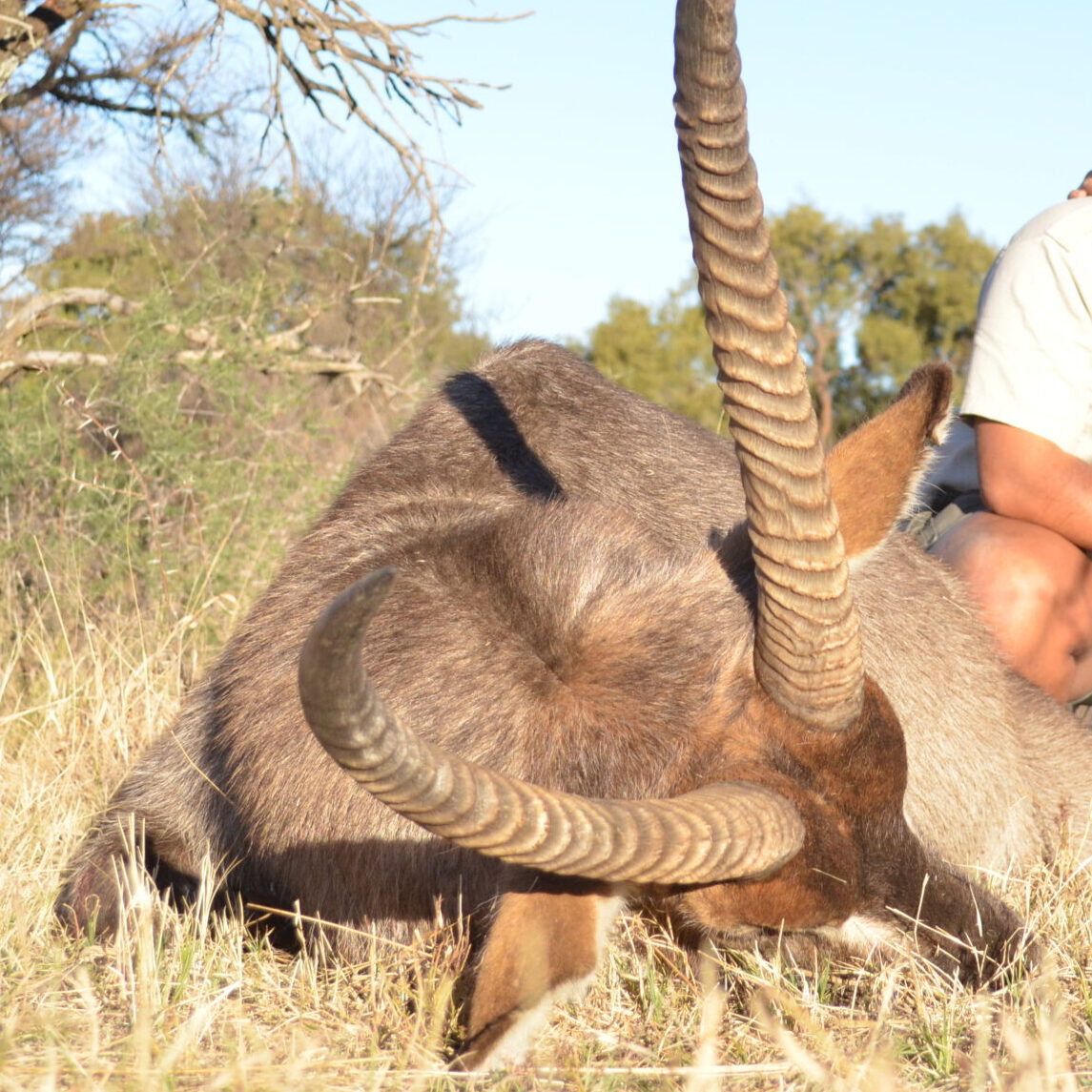
Waterbuck
Named because of their love for the water, these bucks are known for their glossy fur and white backside. The floodplains are the perfect place to look for this majestic animal.

Gemsbuck
Oryx or Gemsbuck (Gemsbok in the Afrikaans Language) are known to be dangerous when injured or threatened. Both male and females have similar spear-like horns. Males tend to have bigger bodies and thicker horns. These animals are native to South Africa and Namibia and have incredible eyesight. It takes good planning when it comes to taking a Gemsbuck.
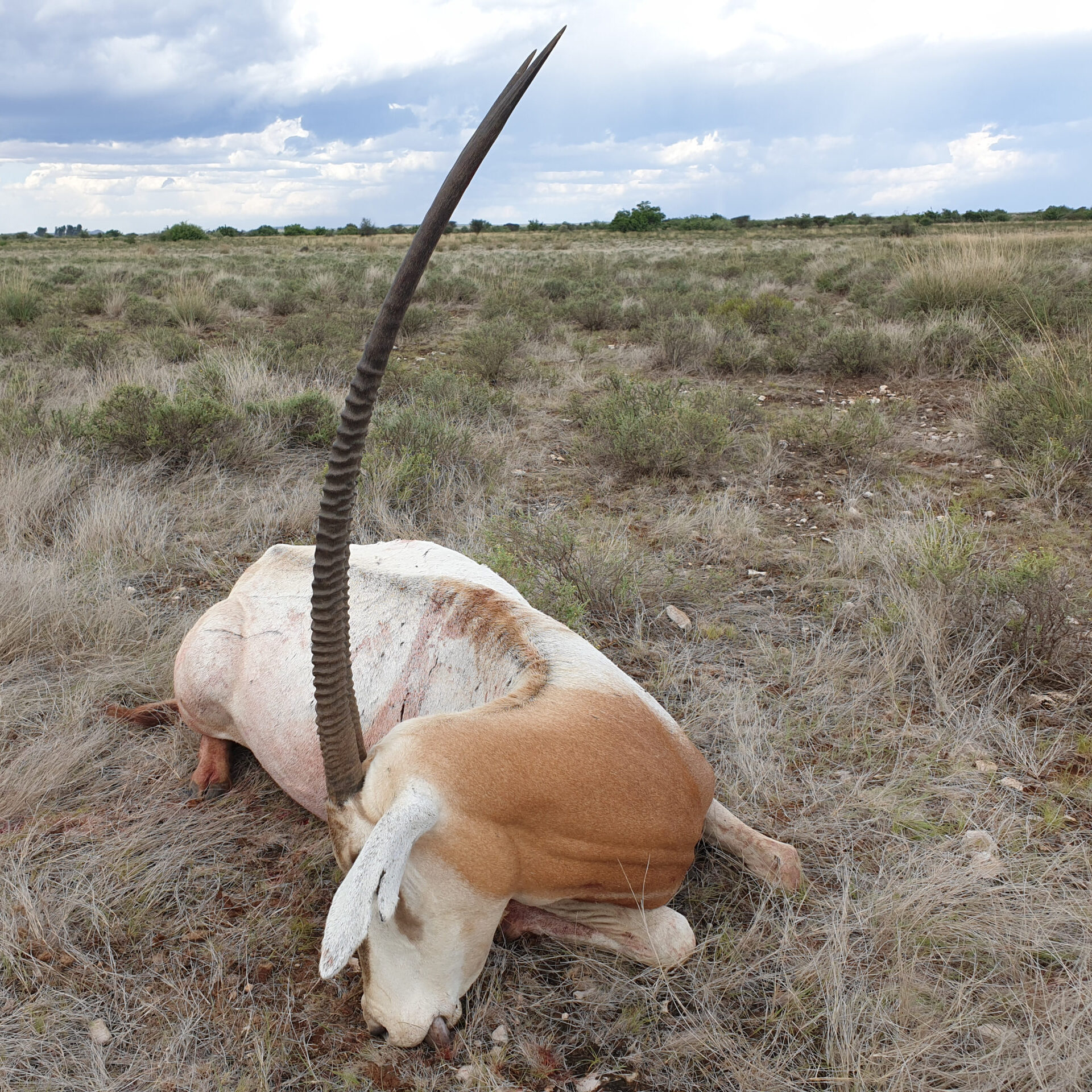
Scimitar Oryx
The scimitar oryx, also known as the scimitar-horned oryx or Sahara oryx, is a species of Oryx that was once abandoned across North Africa. Thanks to private owners this species’ numbers have increased dramatically over the years. They have very good eyesight and are found in desert/semi desert-like areas. Hunting them takes a well-prepared stalk to be successful.
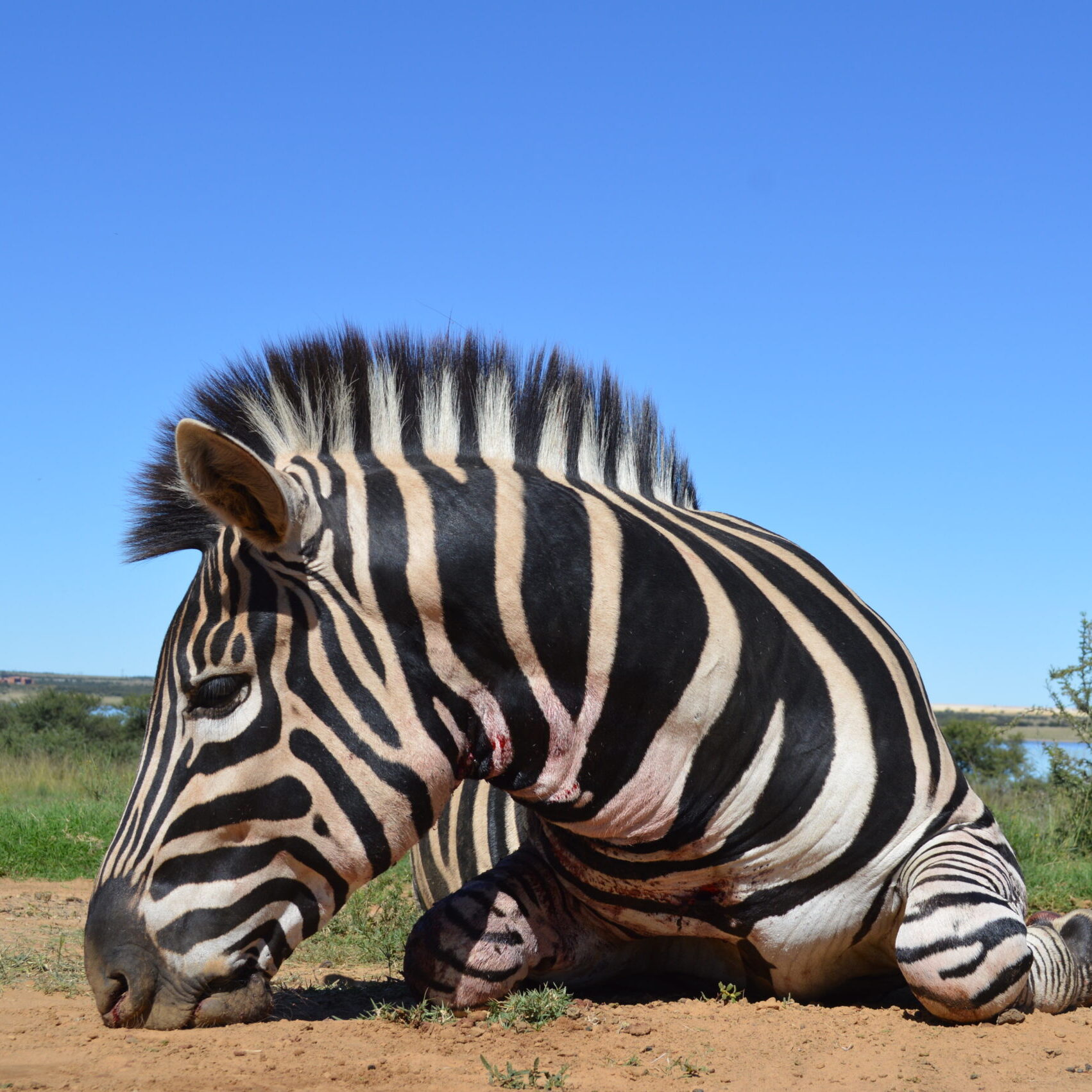
Burchell Zebra
Zebras are another distinctively African mammal. Their signature white stripes and ruffled mane make them a prized trophy for African hunters. The savanna is the place to be when looking for these beautiful creatures.
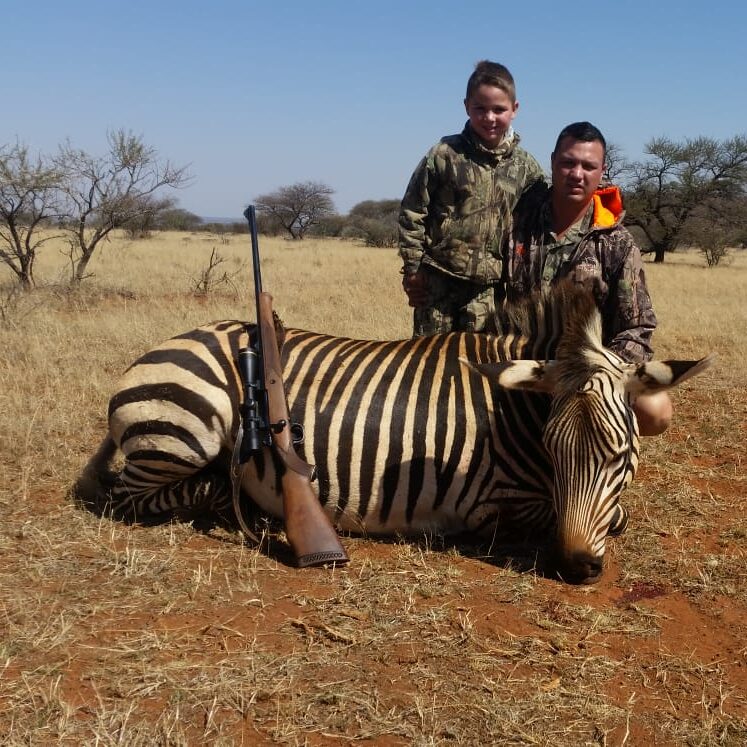
Mountain Zebra
The mountain zebra is also known as Equus zebra and is represented by two subspecies; the Cape mountain zebras, from South Africa, and the Hartmann's mountain zebra, from parts of Namibia, Angola, and South Africa. These beautiful creatures have a gold-colored snout and black and white lines. Their exceptional eyesight, fine-tuned hearing and smell make for a difficult hunt.
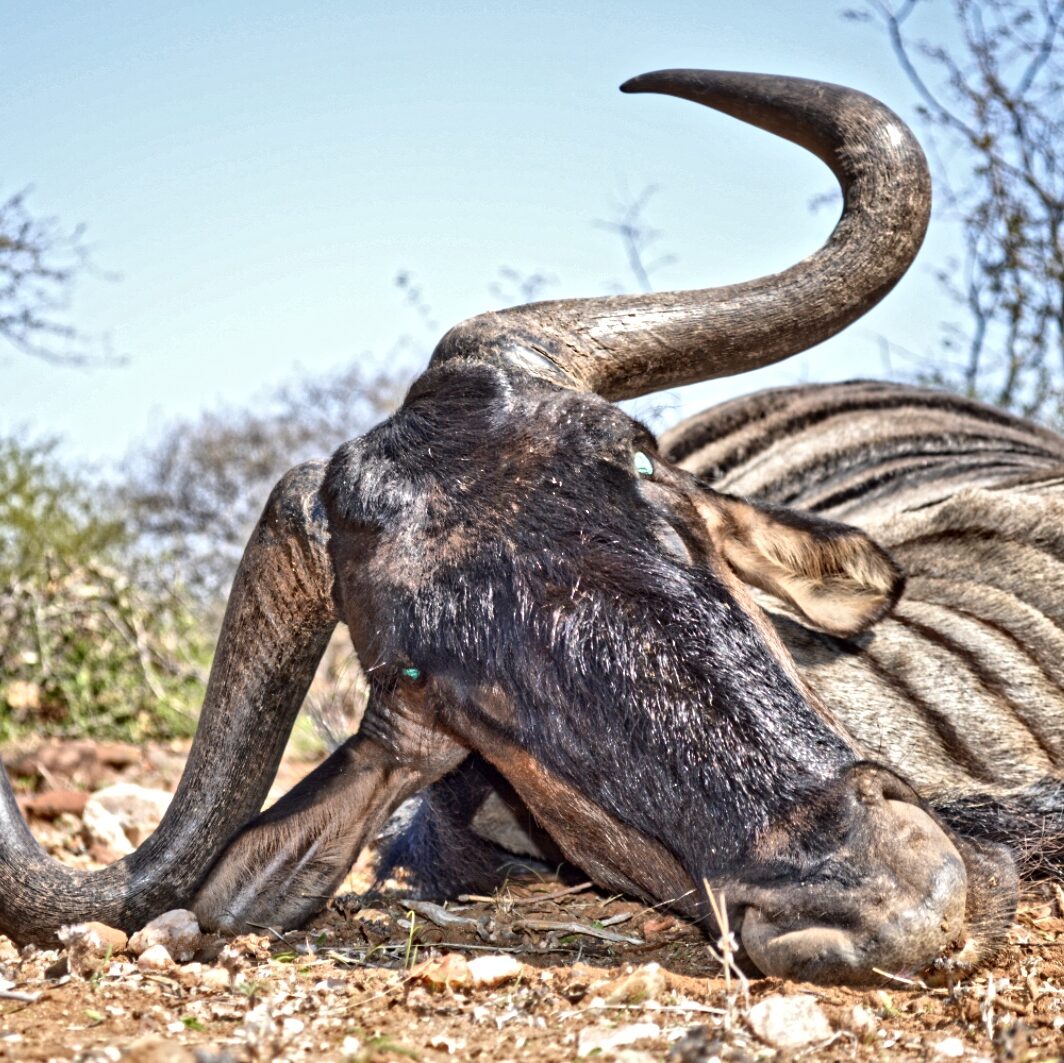
Blue Wildebeest
The blue wildebeest, also known as the gnu, got their name as their coat has a blue-colored sheen. Found in short grass plains bordering bush-covered acacia savannas, thriving in areas that are neither too wet nor too dry. It is important to watch which way the wind blows for they have an amazing sense of smell and good shot placement is always crucial!
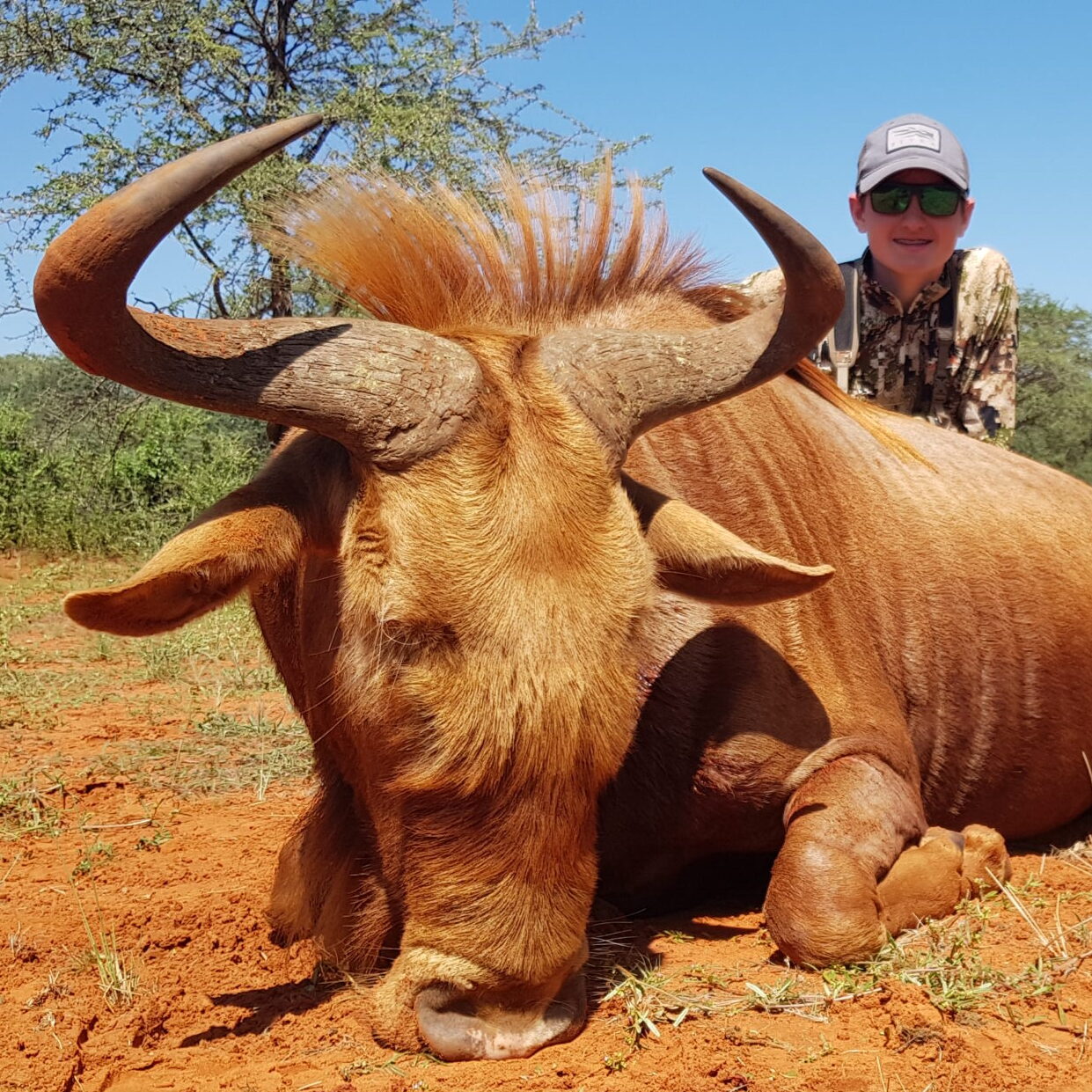
Golden Wildebeest
The golden and copper-colored Golden wildebeest also known as Connochaetes taurinus is found in short grass plains bordering bush-covered acacia savannas, thriving in areas that are neither too wet nor too dry. It is important to watch which way the wind blows for they have an amazing sense of smell and good shot placement is always crucial!
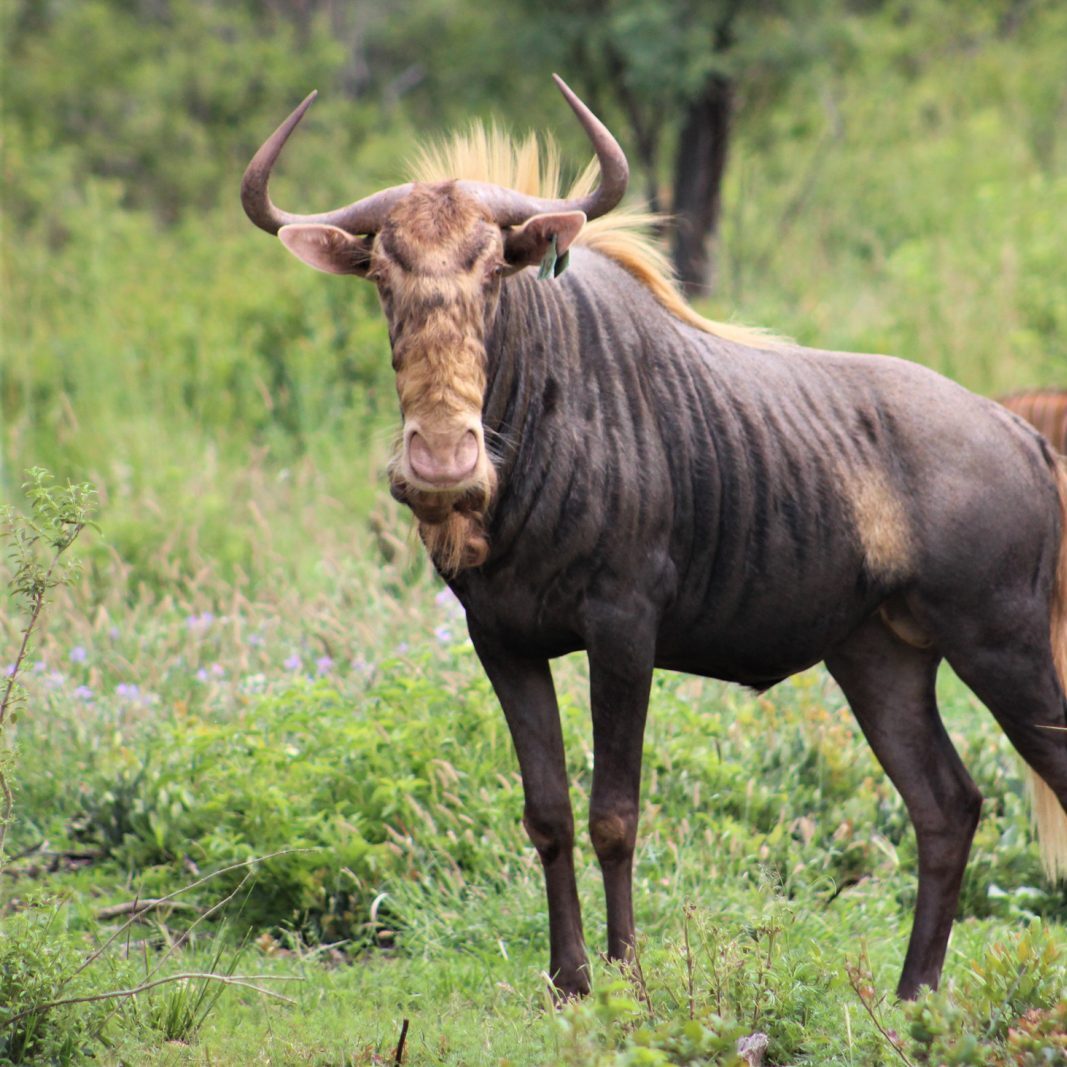
Kings Wildebeest
The vibrant mixed-colored kings wildebeest is the most unique of the wildebeest for its blue, gold/white, and black colors. Found in short grass plains bordering bush-covered acacia savannas, thriving in areas that are neither too wet nor too dry. Watch out for the direction of the wind as they have an amazing sense of smell and good shot placement is always crucial!
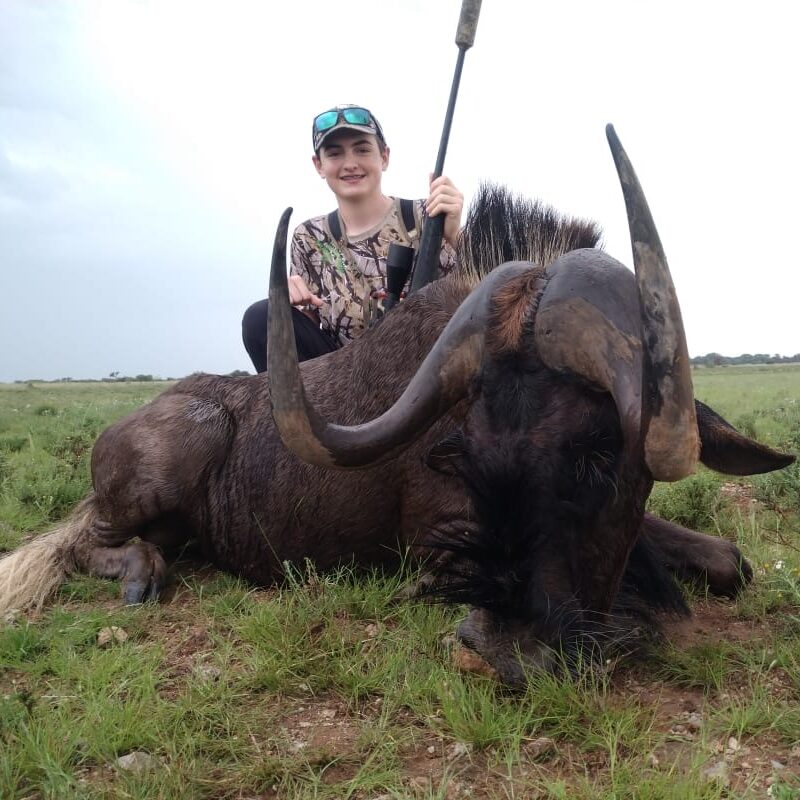
Black Wildebeest
The wildebeest is an African native, with the black variety being the rarer of the two. While these animals usually frequent the plains area, hunting them without setting off a stampede takes precise skill.
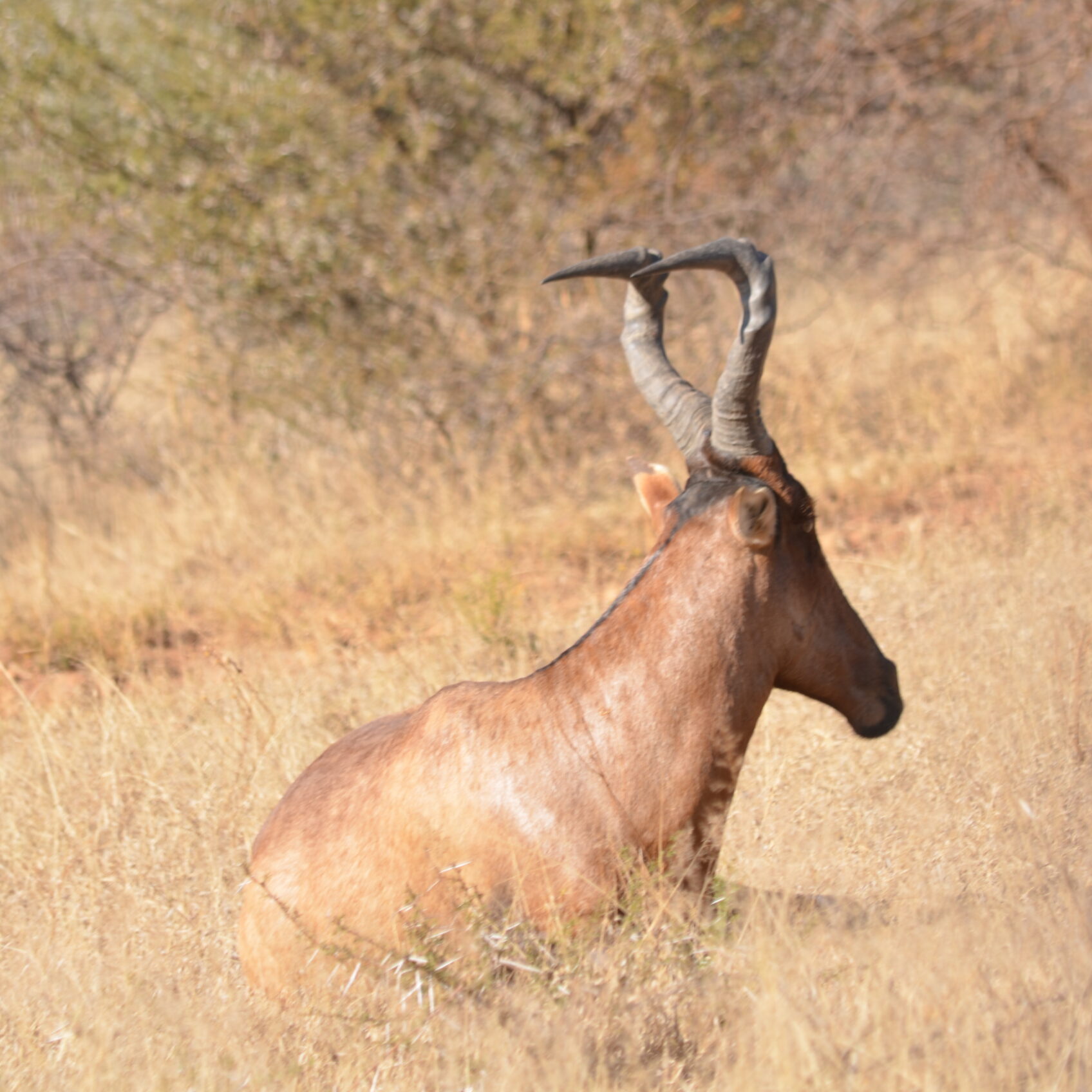
Red hartebeest
Ever seen one of these in the golden hour as the sun sets? The sight is one to behold, as their red fur catches the light. Just make sure you don’t become too visible during the hunt because these animals are surprisingly fast!
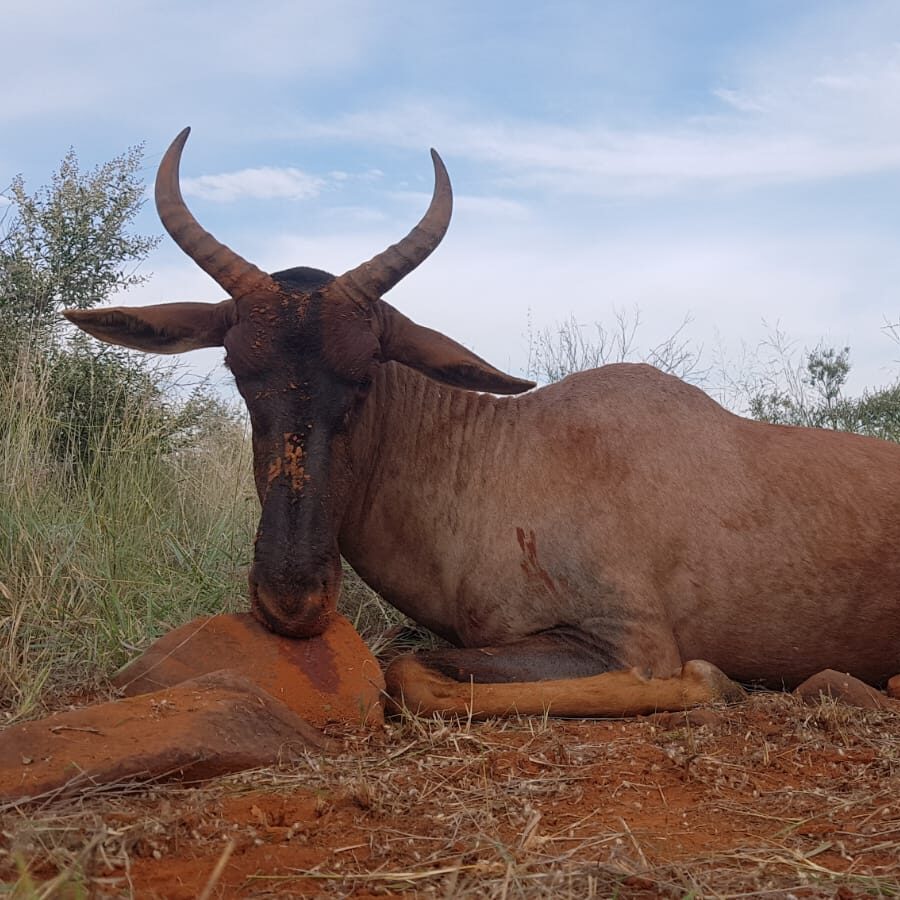
Tsessebe
Permit is Required.
Another antelope named in the local language, this one is far from graceful. While they can be very swift, despite their size, you can catch them unaware if you know what you’re doing.
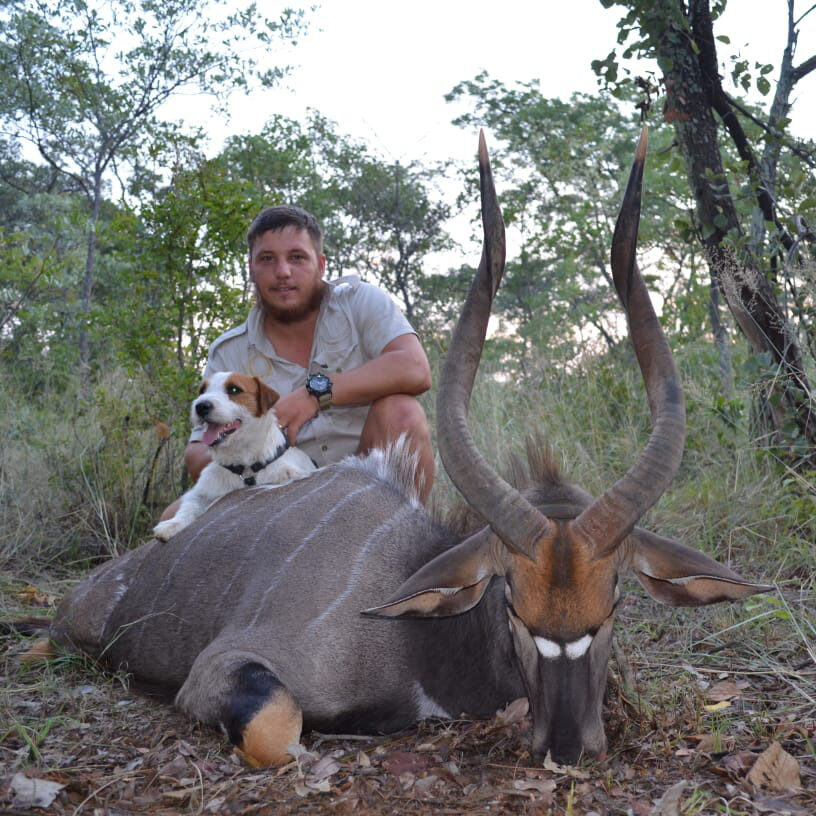
Nyala
This elusive species with its elegant white stripes and grey/brown coated body is one of Africa's most beautiful animals. It blends in well with its environment which makes it a challenging animal to hunt.

Bushbuck
Not all members of the antelope family are easy to catch; these smaller relatives of the species can shake off predators with their immense speed and navigation skills. They can even try to intimidate you!
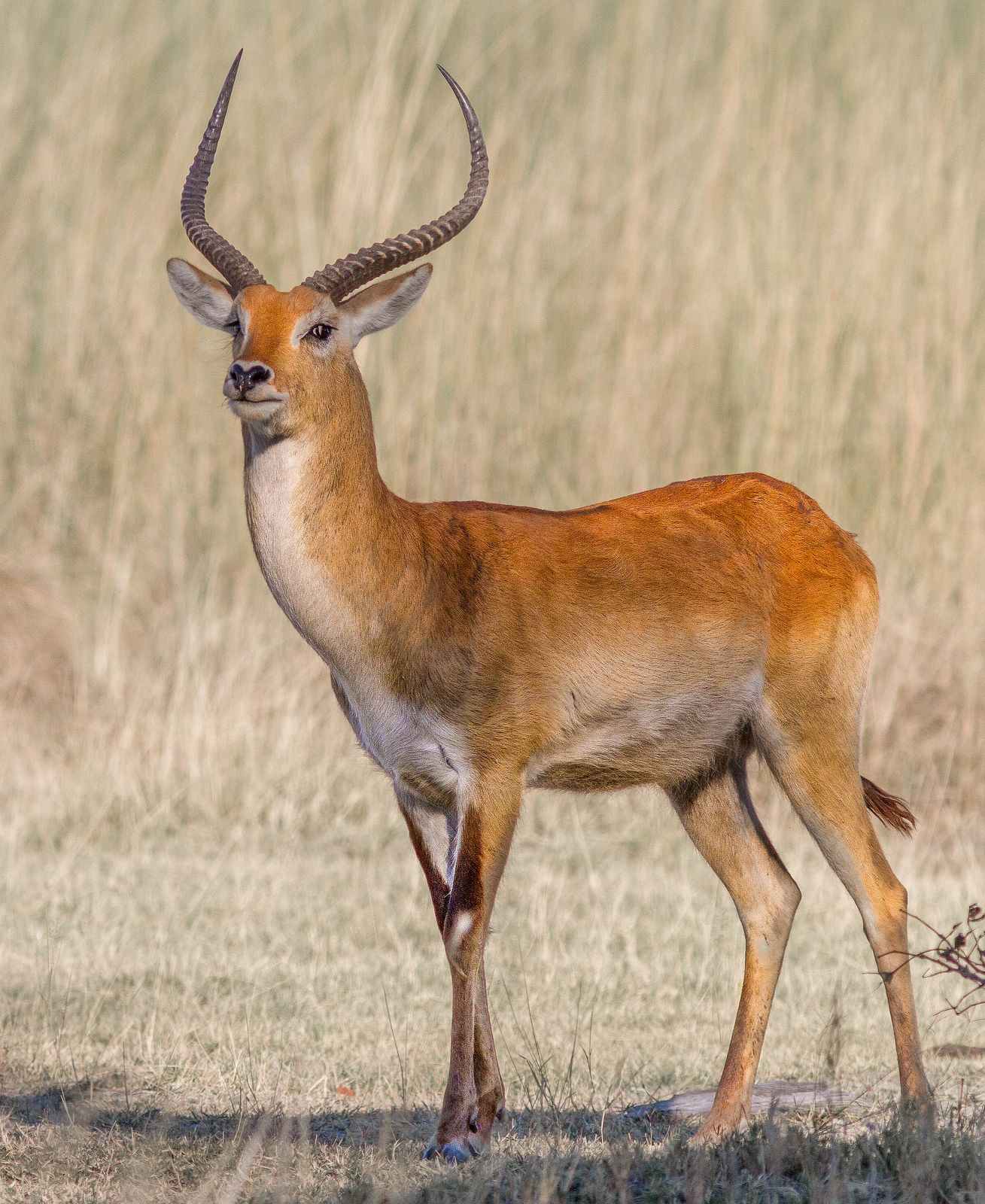
Red Letchwe
Lechwe are beautiful antelopes found in the wetlands of south-central Africa. They are golden brown with white bellies. Males are darker and have horns. The horns are long, spiral-structured, and are vaguely lyre-shaped. The red lechwe makes for an interesting hunt, as it enjoys challenging its hunter. It watches you approach, and keeps just outside of reasonable range.
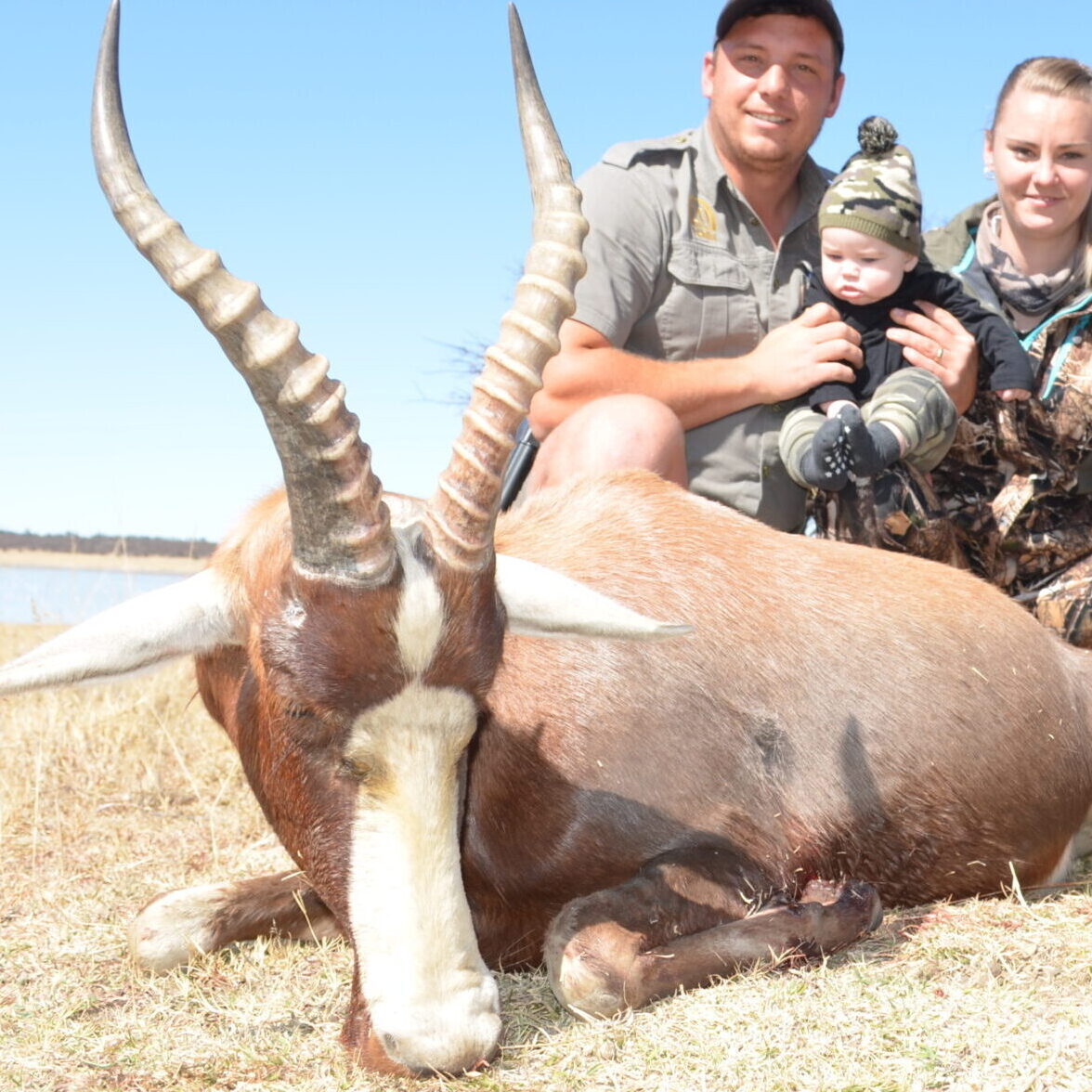
Common Blesbuck
With ridged and curved horns, the blesbok or blesbuck gets its name from the mark on its face. These antelopes may be called ‘common’ but they’re anything but that. Pursuing these animals is a hunting rite of passage.
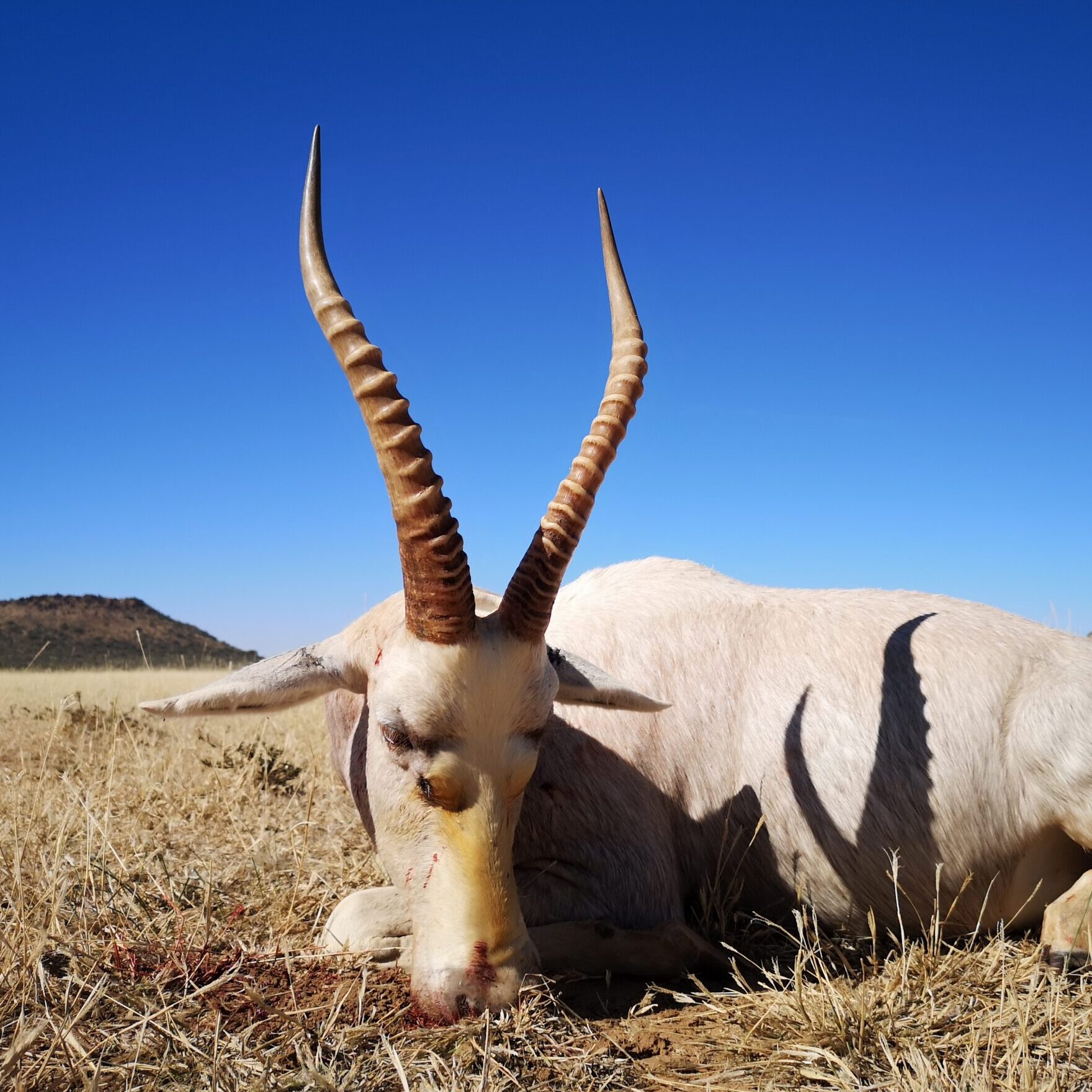
White Blesbuck
The White blesbok, family of the Common and Yellow Blesbok is hardly missed when roaming around the plains but don’t let that fool you as they are not easy to stalk and shots might be of the longer range.
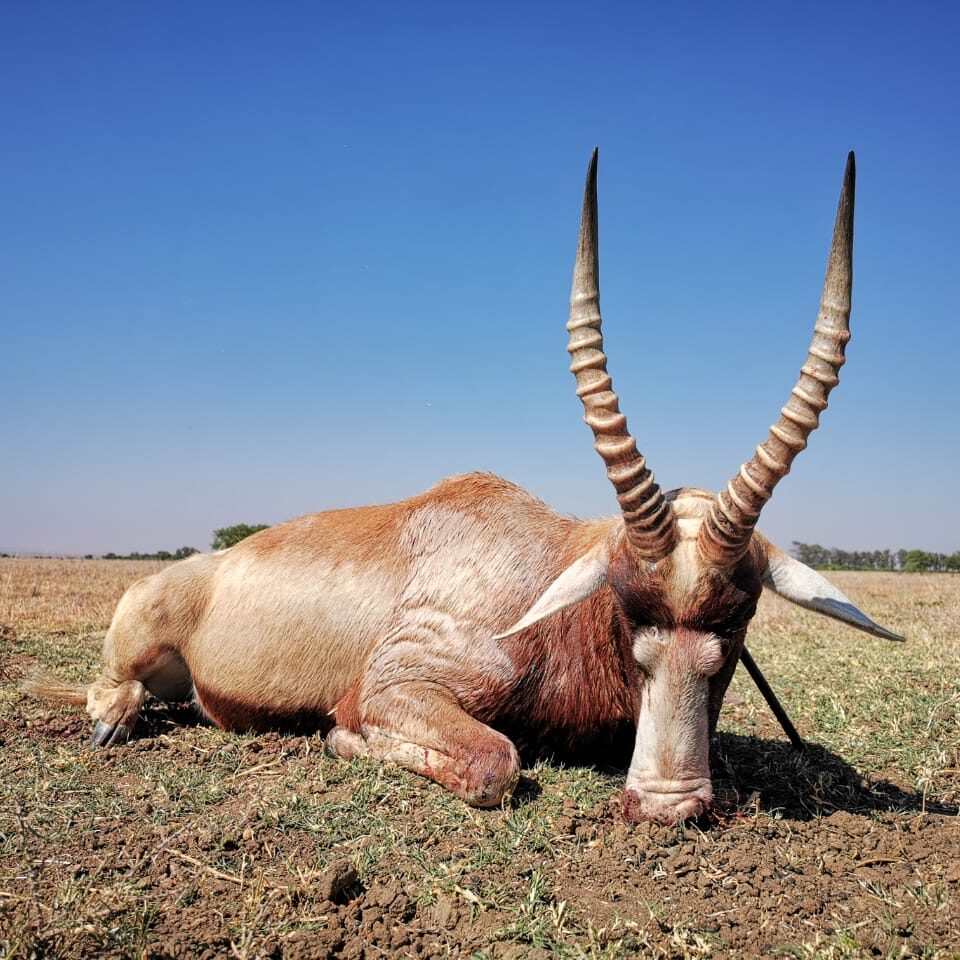
Yellow Blesbuck
The yellow blesbuck has a beautiful light yellow color. Yellow blesbok is a flagship, endemic species for South Africa’s Highveld grasslands, and are a valuable component of South Africa’s hunting industry. They have poor sight and do not have any external ears, although their hearing is very good, their sense of smell is its most developed sense.
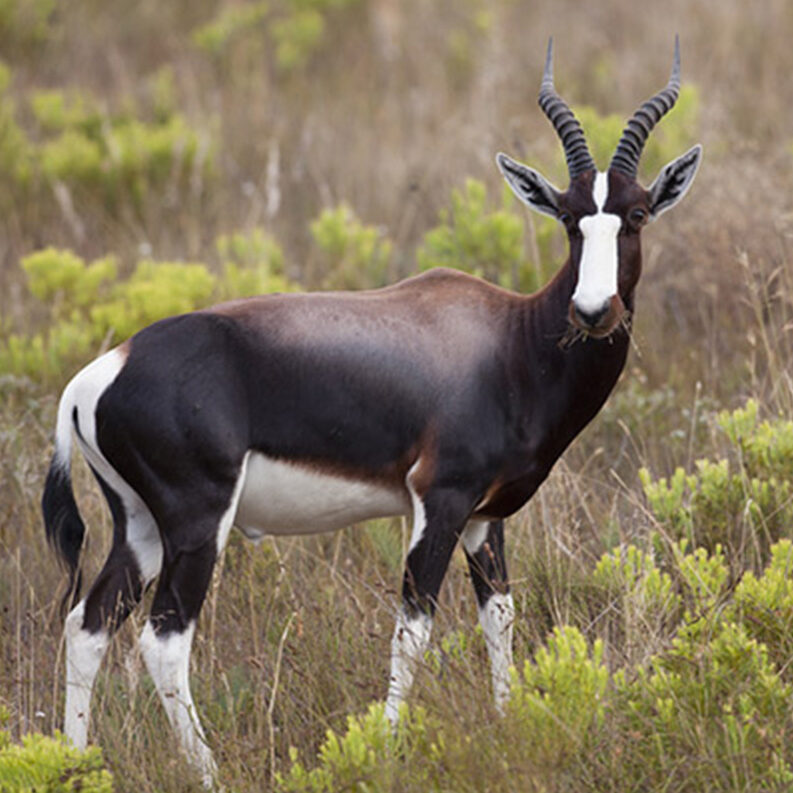
Bontebuck
They are medium-sized, dark brown antelope with a prominent, wide white blaze on their faces, with a pure white rump, belly and hocks, and black-tipped tail. Both sexes have horns, but the horns of rams are heavier and longer than the ewes. They have poor sight and do not have any external ears. Their hearing is very good and their sense of smell is its most developed sense.
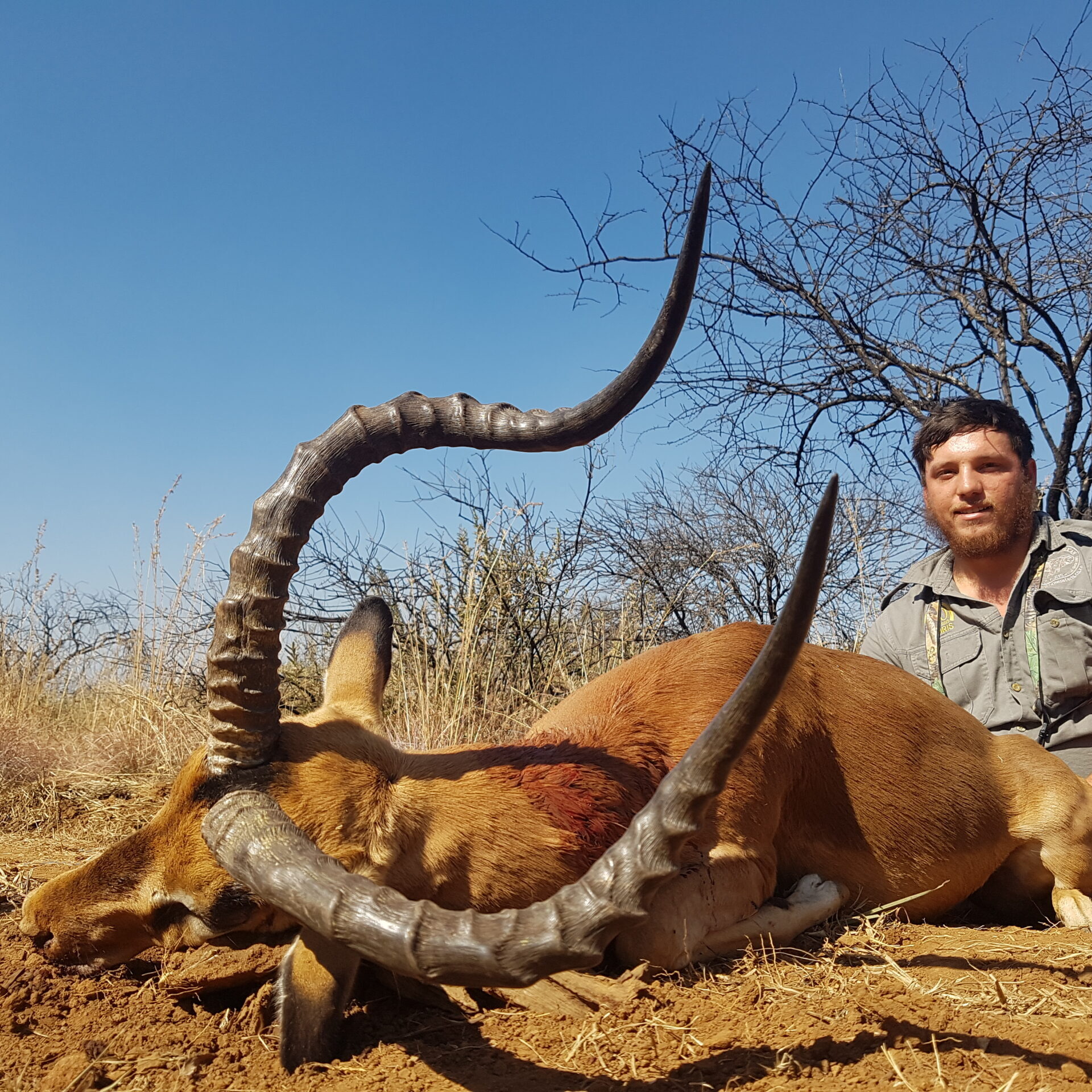
Impala
Impalas are probably one of the most popular choices for beginner African hunts due to the easy availability of these creatures. Look for their signature curved horns; you can’t miss ‘em!

Black Impala
The black impala is a medium-sized built antelope with a full black coat. These rare impalas are normally found in open woodland with sufficient water, they can also be found in thorny areas, dense woodlands along rivers, and on the edge of woodland and grass veld or flood plains. They are very alert. They indicate danger by repeated snorts and they prove to be very difficult to bring down.
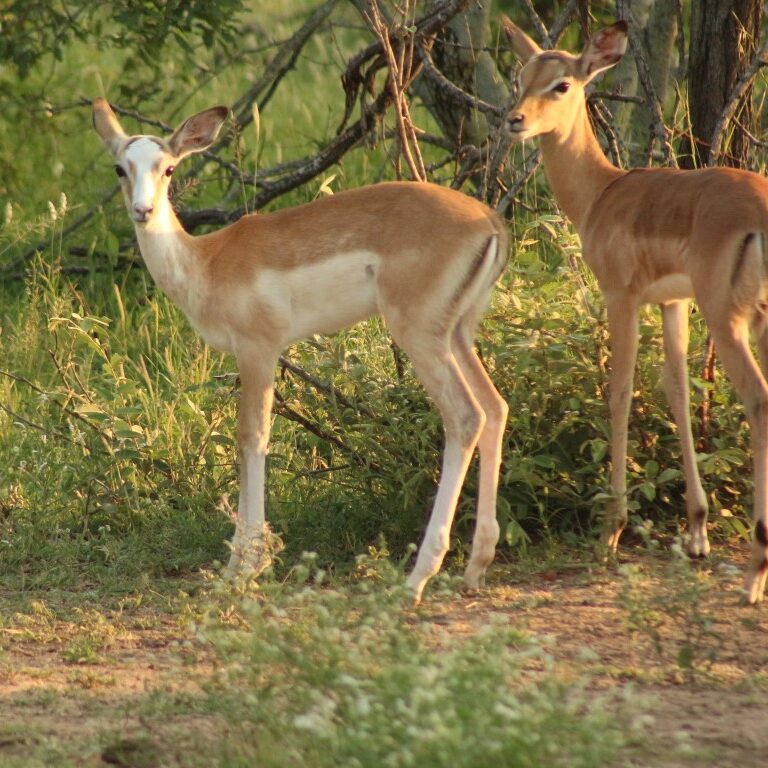
White Flank Impala
The white flank impala is medium-sized with a light brown color and pure white flanks across the face and body. These rare impalas are normally found in open woodland with sufficient water, they can also be found in thorny areas, dense woodlands along rivers, and on the edge of woodland and grass veld or flood plains. They are very alert. They indicate danger by a repeated snort and they prove to be very difficult to bring down.

Saddleback Impala
The Saddleback Impala is similar in color to a normal Impala but has a distinctive dark back. This breed of Impala is South African bred. These rare impalas are normally found in open woodland with sufficient water, they can also be found in thorny areas, dense woodlands along rivers, and on the edge of woodland and grass veld or flood plains. They are very alert. They indicate danger by repeated snort and they prove to be very difficult to bring down.
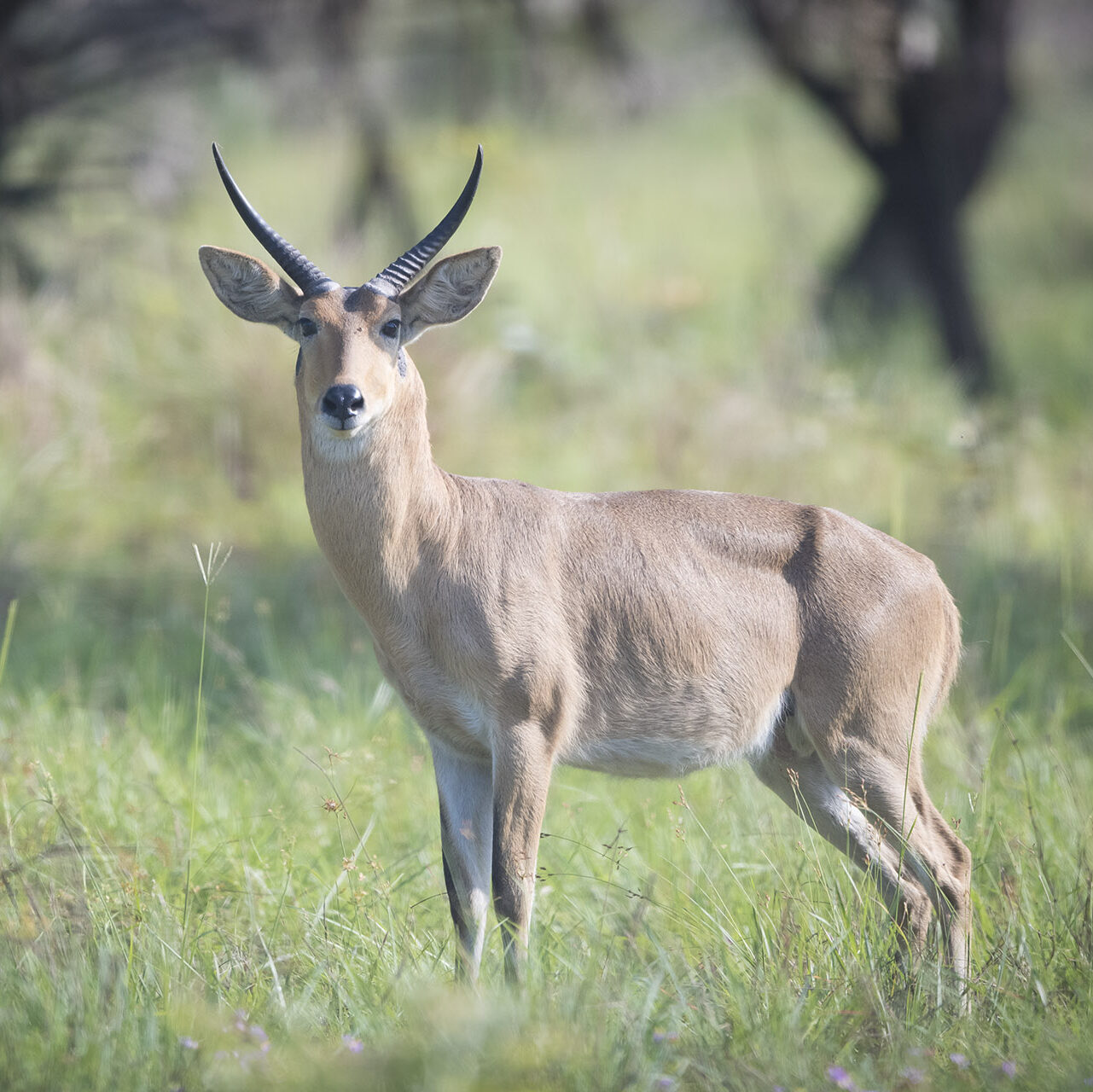
Common Reedbuck
This easy-to-find antelope is attracted to water bodies, which is why a hunt for them will take you to the floodplains of the Eastern Free State. Their horns tend to be straighter than the others, but formidable nonetheless!
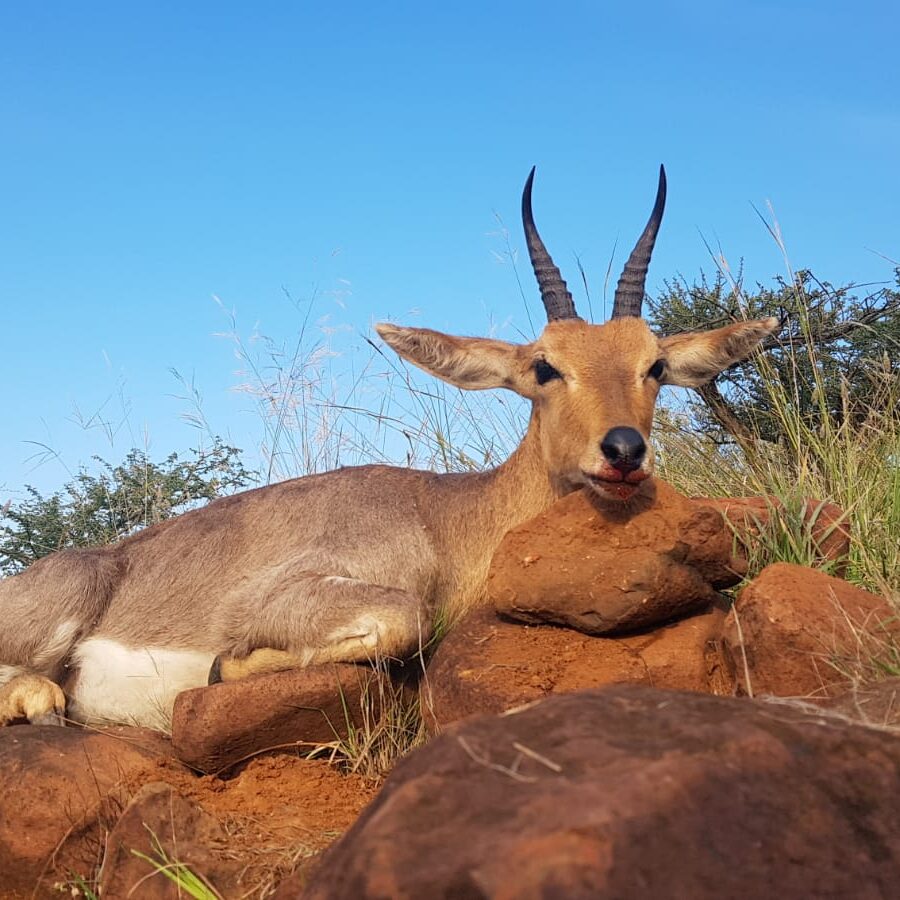
Mountain Reedbuck
These deer-sized creatures inhabit diverse areas; from sub-Saharan parts of Africa to the plains. Their sturdy legs can help them make a quick getaway so make sure you don’t make any noise when stalking them.
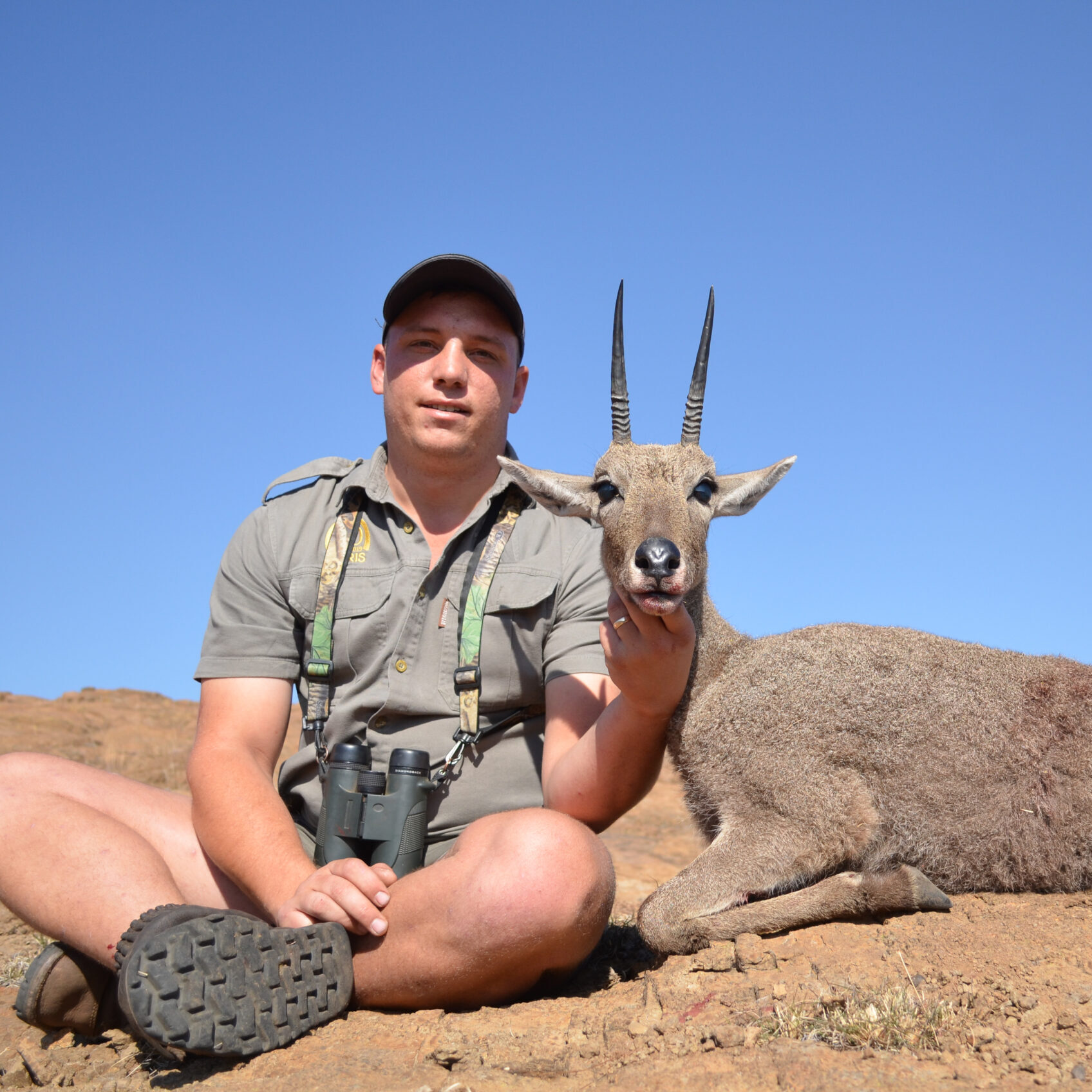
Vaal Rhebuck
The Vaal Rhebuck have long, thin necks with very long, pointed upright ears. They have large eyes and a big rubber-like black nose. They have a grey coat and white underparts. The males have straight, upright horns. They are normally found on rocky mountains, mountainous slopes, and plateaus with sufficient grass and a few shrubs and trees. Considered the most challenging South African antelope to hunt, hunters need to be prepared for walking extensive distances when hunting Vaal Rhebuck and taking above-average long shots.

Barbary Sheep
The Barbary sheep, also known as aoudad, is a species native to the rocky mountains in North Africa. This relatively large sheep is very hard to get the chase on, as they have brilliant eyesight and can out climb you on the mountains. It has long hair that extends down to the legs, and long, thick curved horns. Make this animal an inimitable trophy.
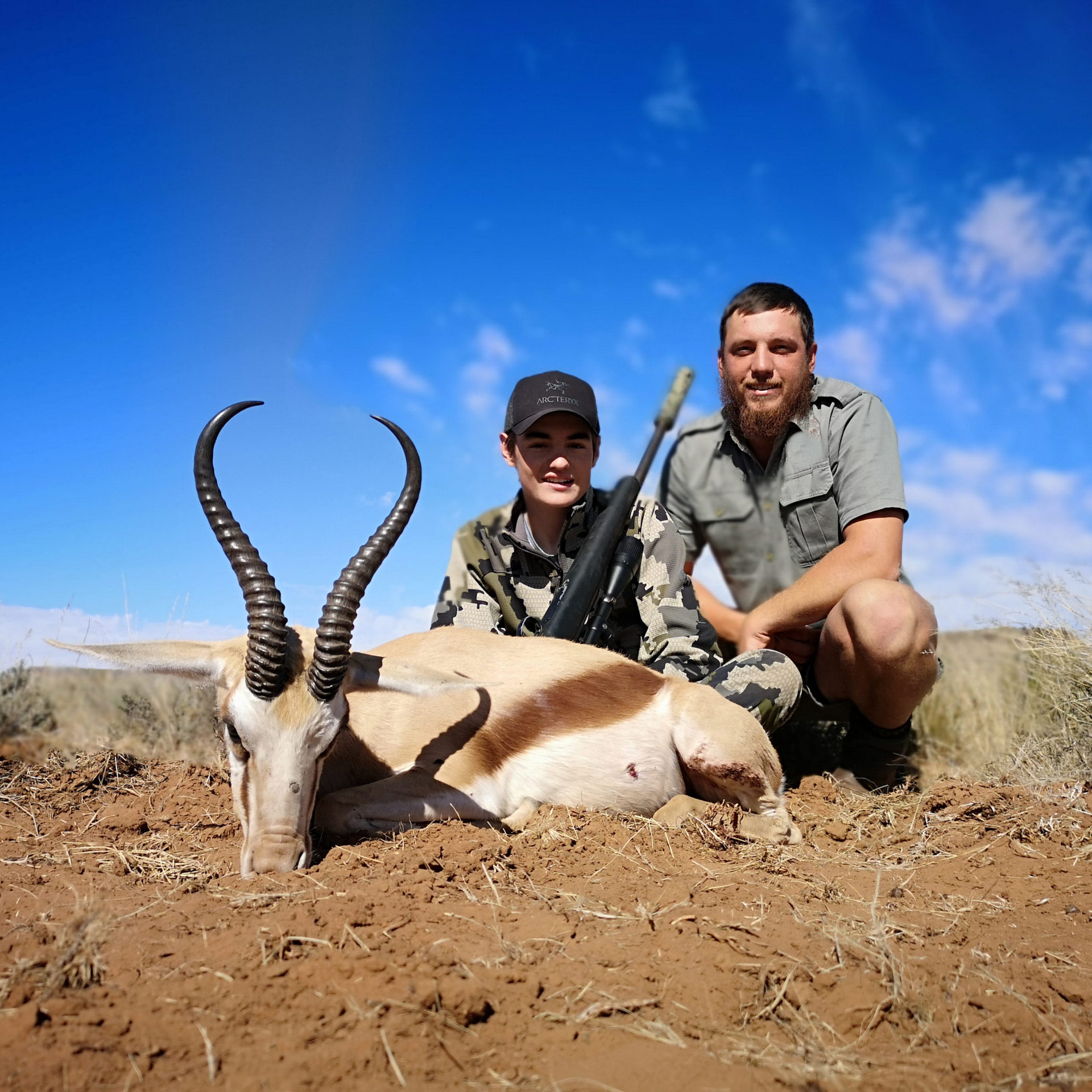
Common Springbuck
The common springbok or springbuck is the national Animal of South Africa. It is a common catch for hunters that frequent the plains in the Free State. If you’re a serious hunter, you have to cross this creature off your list!
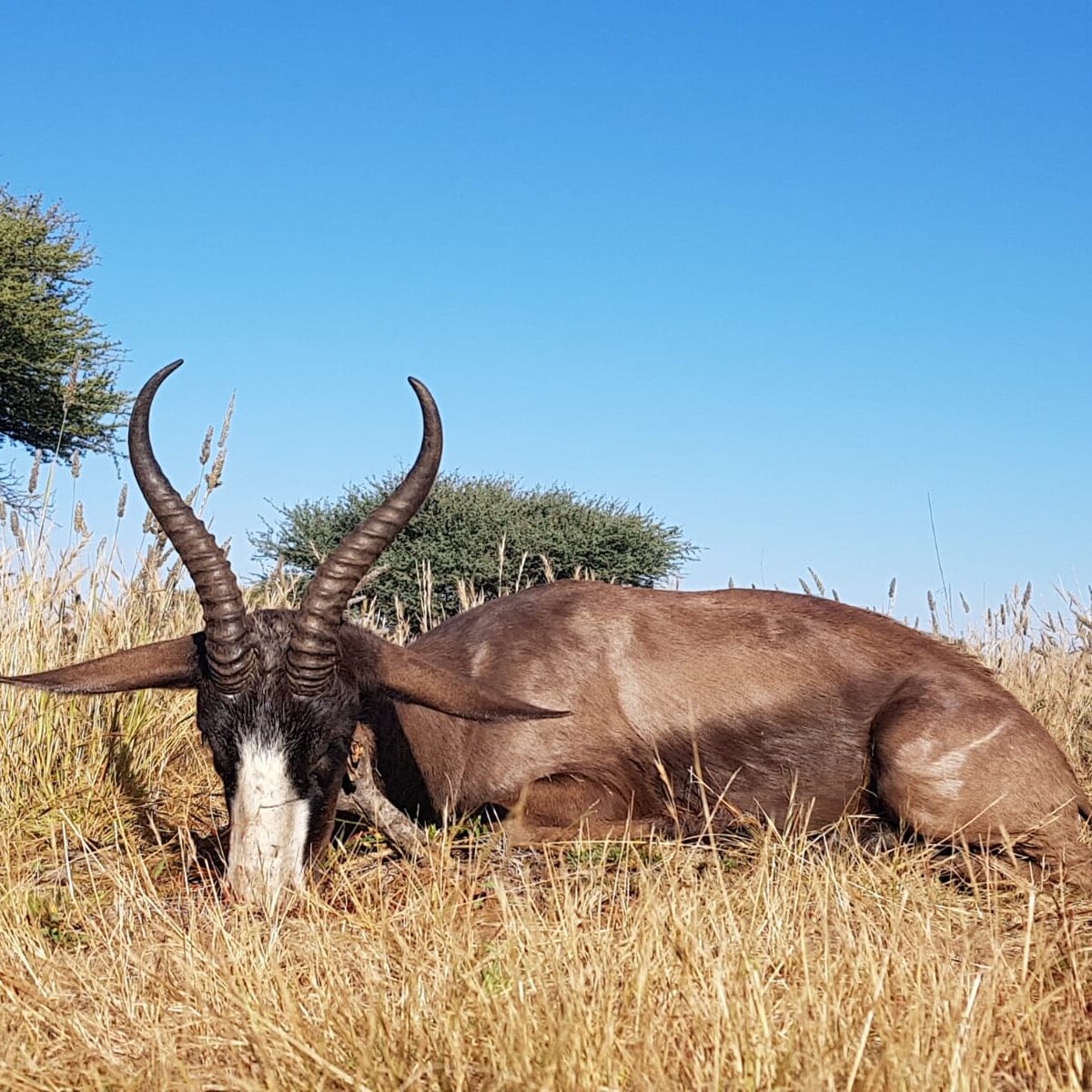
Black Springbuck
Springboks aren’t naturally black: this color is the result of a mutated gene. This mid-size antelope can be found during the day in drier areas, away from water bodies.
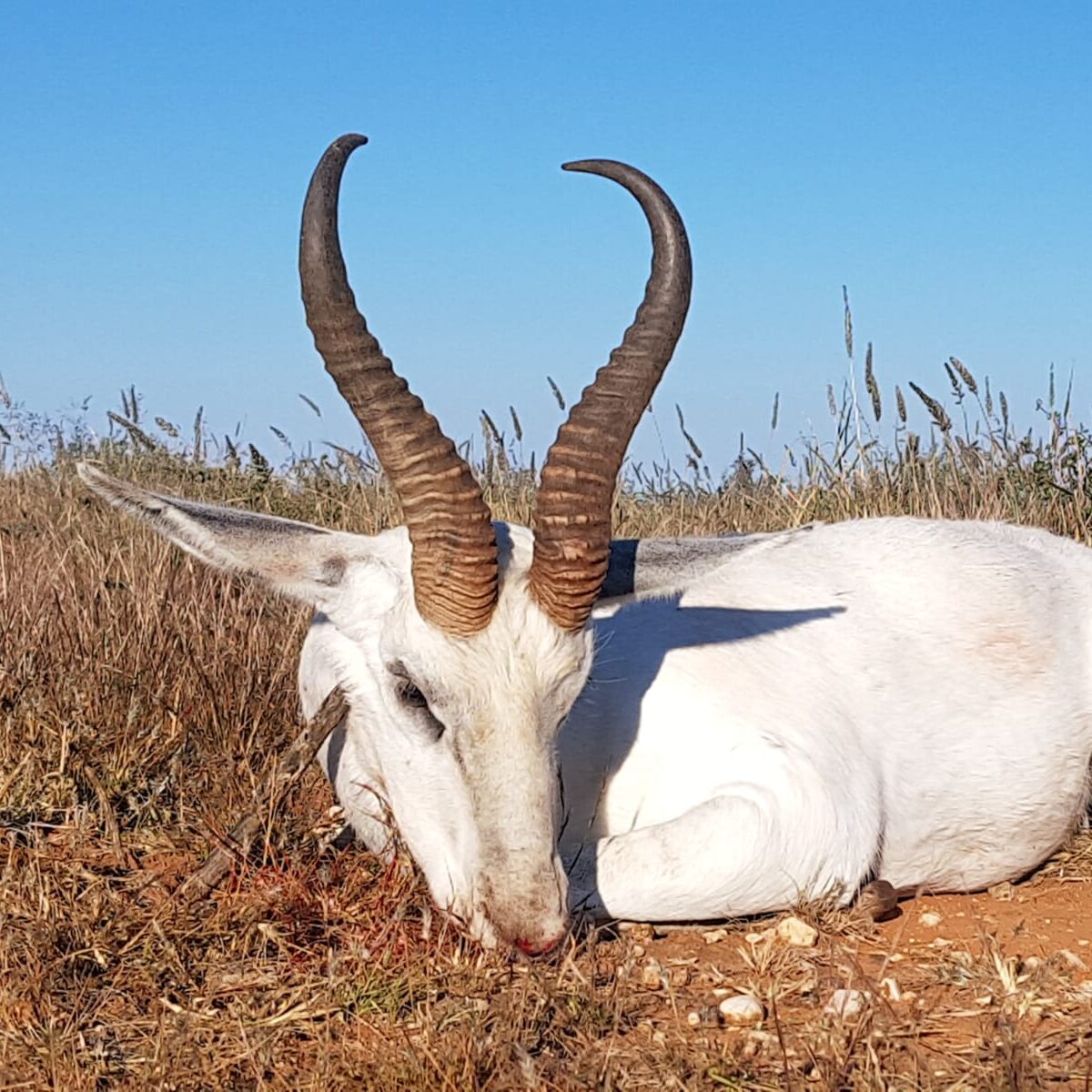
White Springbuck
Perhaps the stateliest of the springboks, the white version of this species has the same distinctive horns and flattened ears as its siblings.
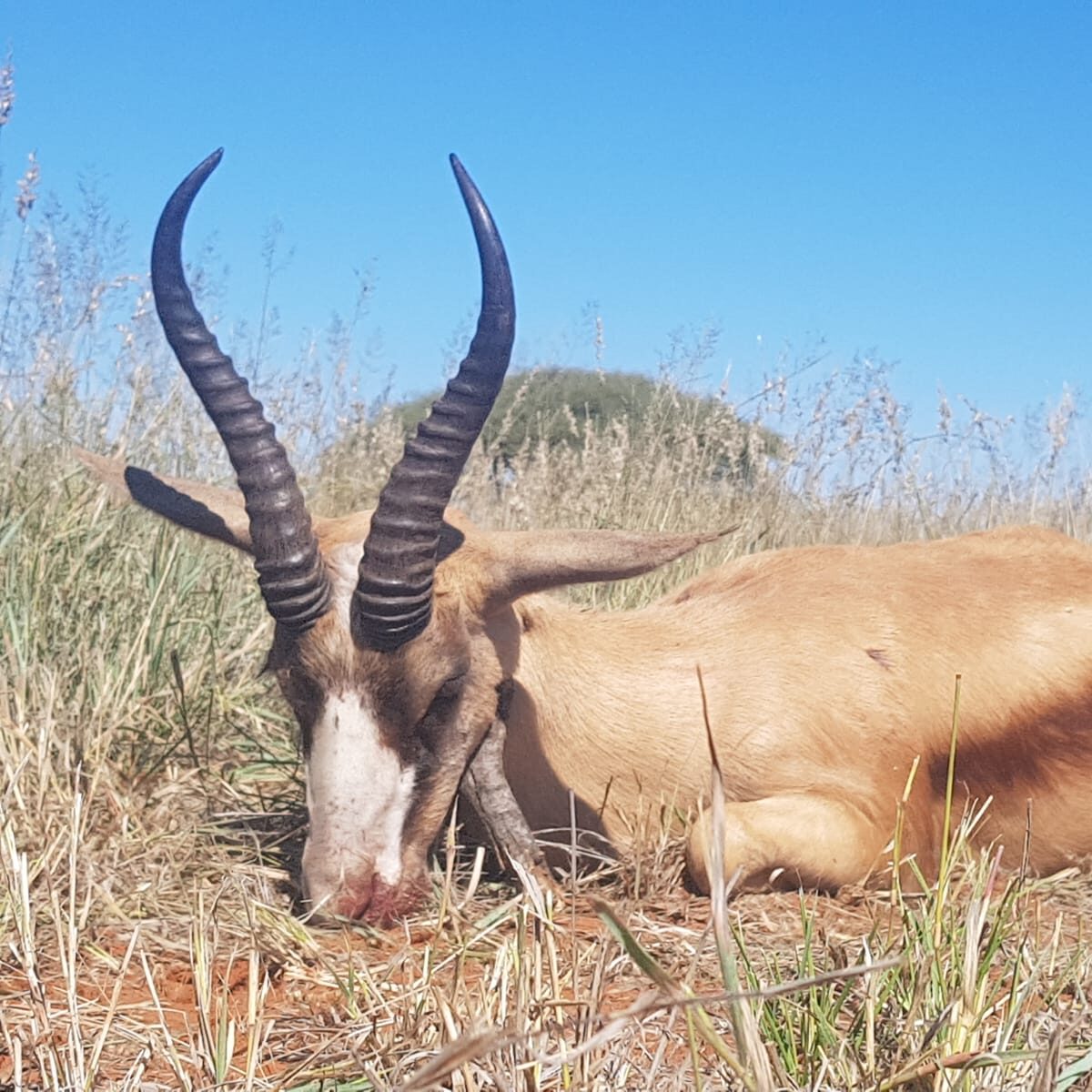
Copper Springbuck
The Copper Springbuck is a dark copper color with a darkened stripe running down its flanks. It has a very dark face. You tend to find them on open plains and in areas with the common springbuck.
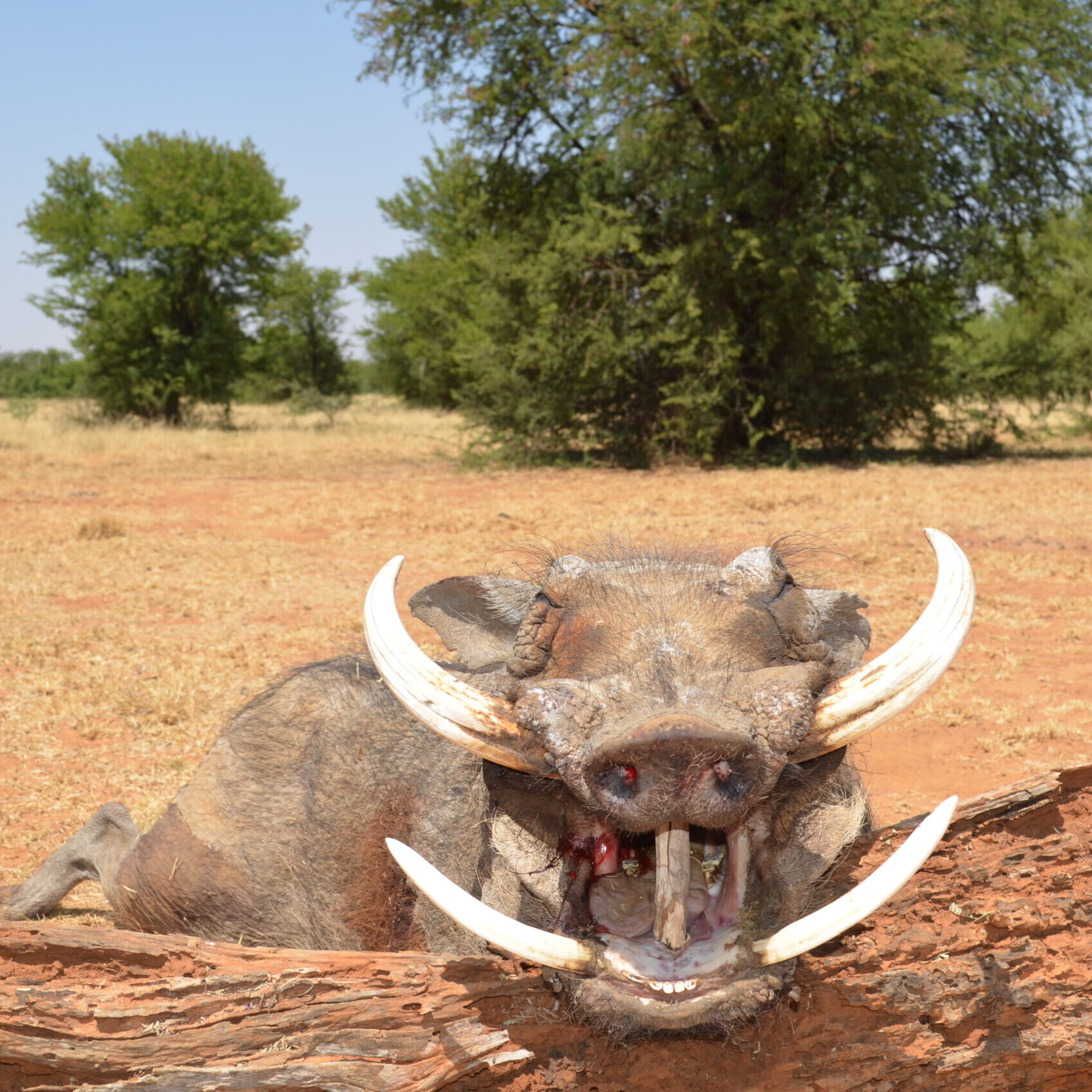
Warthog
Warthogs are aggressive animals that have keen tusks that they’re not afraid to use. Confront one of these and prepare to get charged and possibly injured. Downing one of these is an impressive accolade.
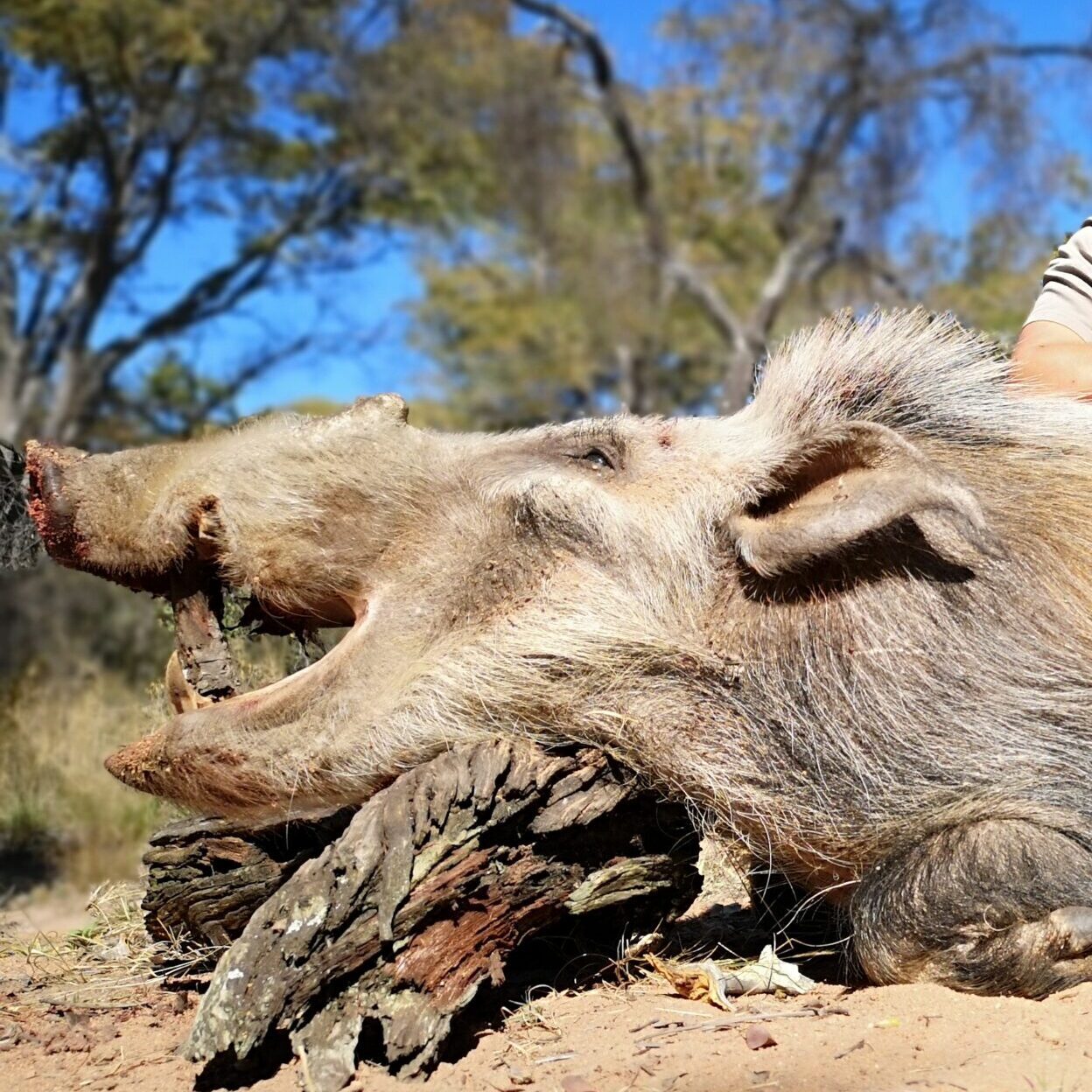
Bush pig
Just like their boar relatives all over the world, the African bush pig is aggressive and angry when confronted. Their unwelcoming temperament can definitely be tricky during night hunts!
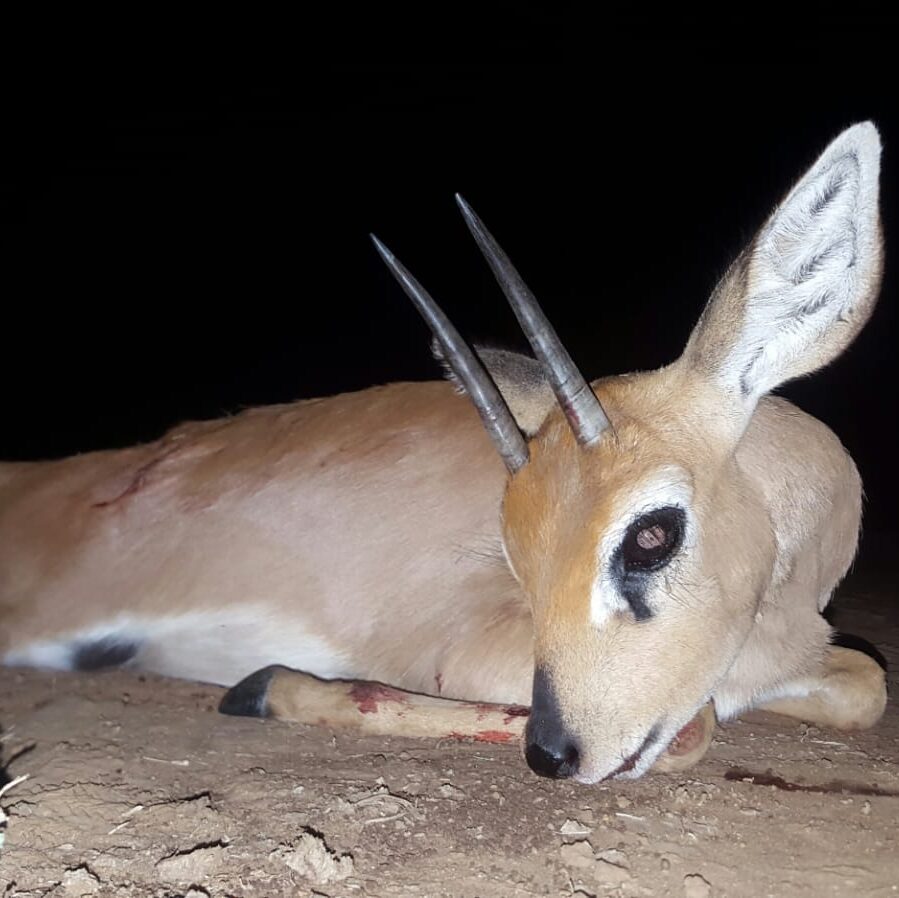
Steenbuck
This hyper-sensitive member of the antelope family requires the stealthiest tread. Hunters often pursue these animals for the bragging rights of being able to capture one of these beauties.

Grey Duiker
These grey-colored animals are usually shy. They are widely spread across Africa and seek places where they can hide when they feel frightened. Unlike other species of Duiker, they prefer a savannah habitat to a rainforest and are therefore referred to as bush duiker. Their hearing and smell are very good so approaching one for a stalk takes a lot of patience.
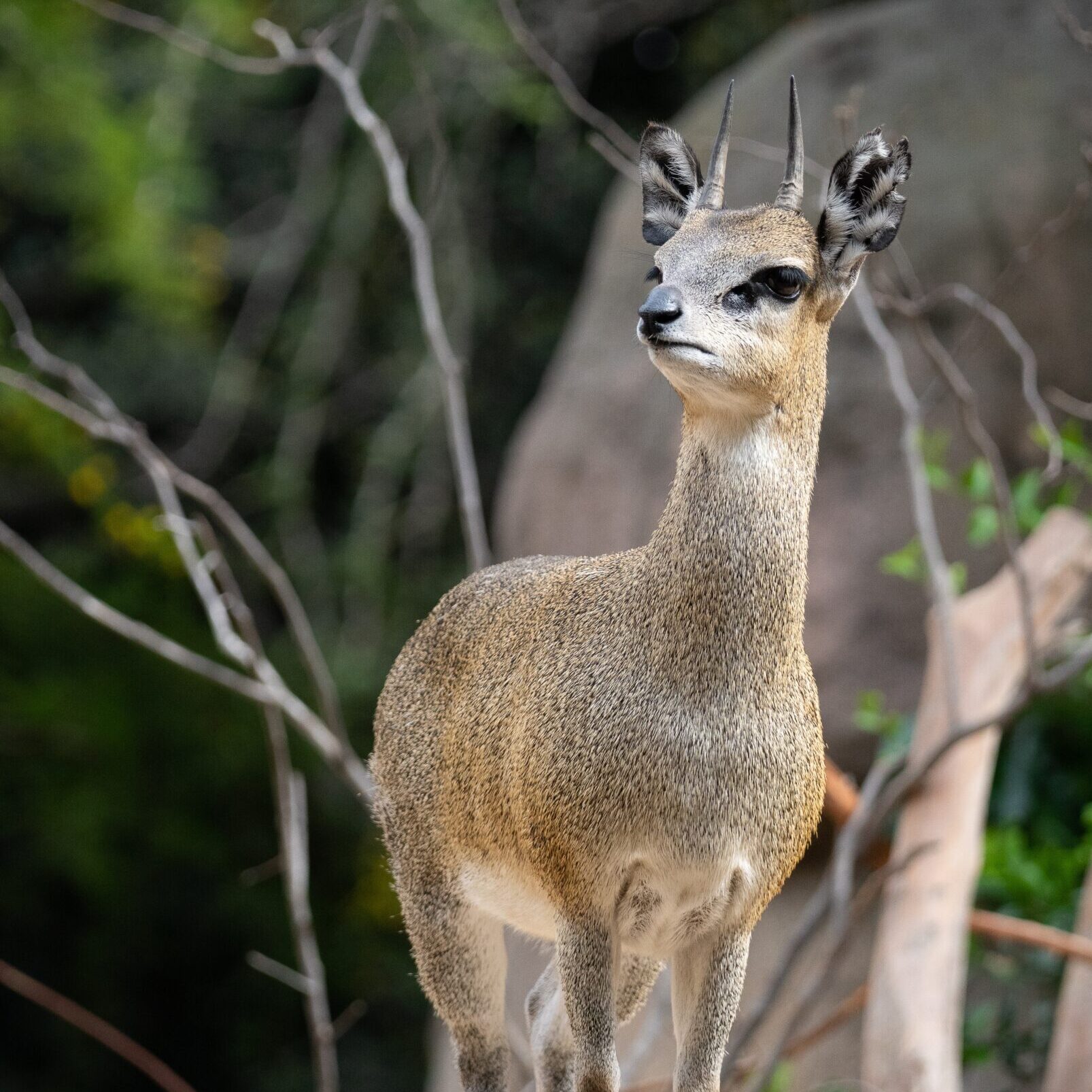
klipspinger
This flexible and sturdy creature shouldn’t be spooked during a hunt! Their name comes from how they jump from one boulder to the other in hilly areas to make their escape.
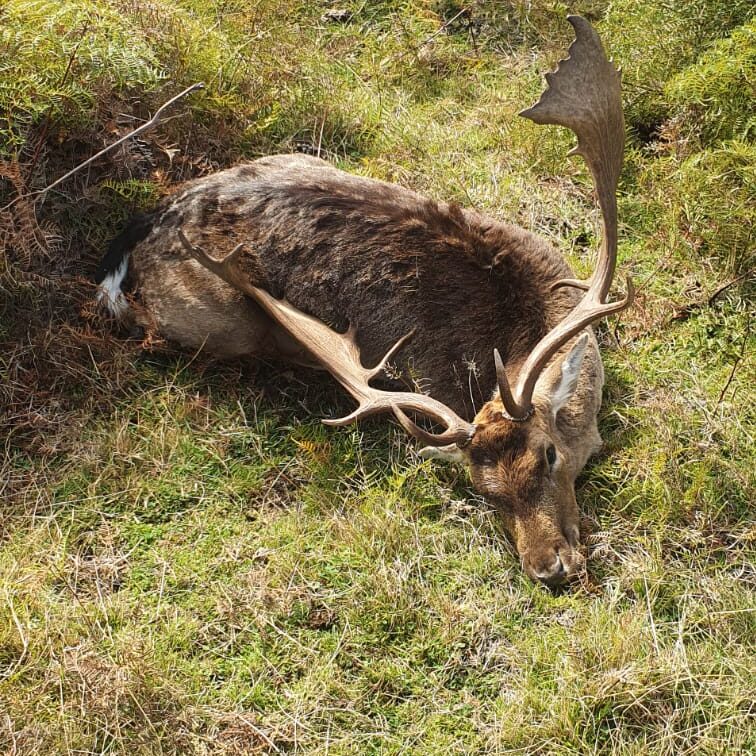
Fallow Deer
Originally native to Europe, the fallow deer is often easy to find because of its flexibility in existing anywhere. Their wide multi-pointed horns are a clear marker and make them easy to spot in the plains area.
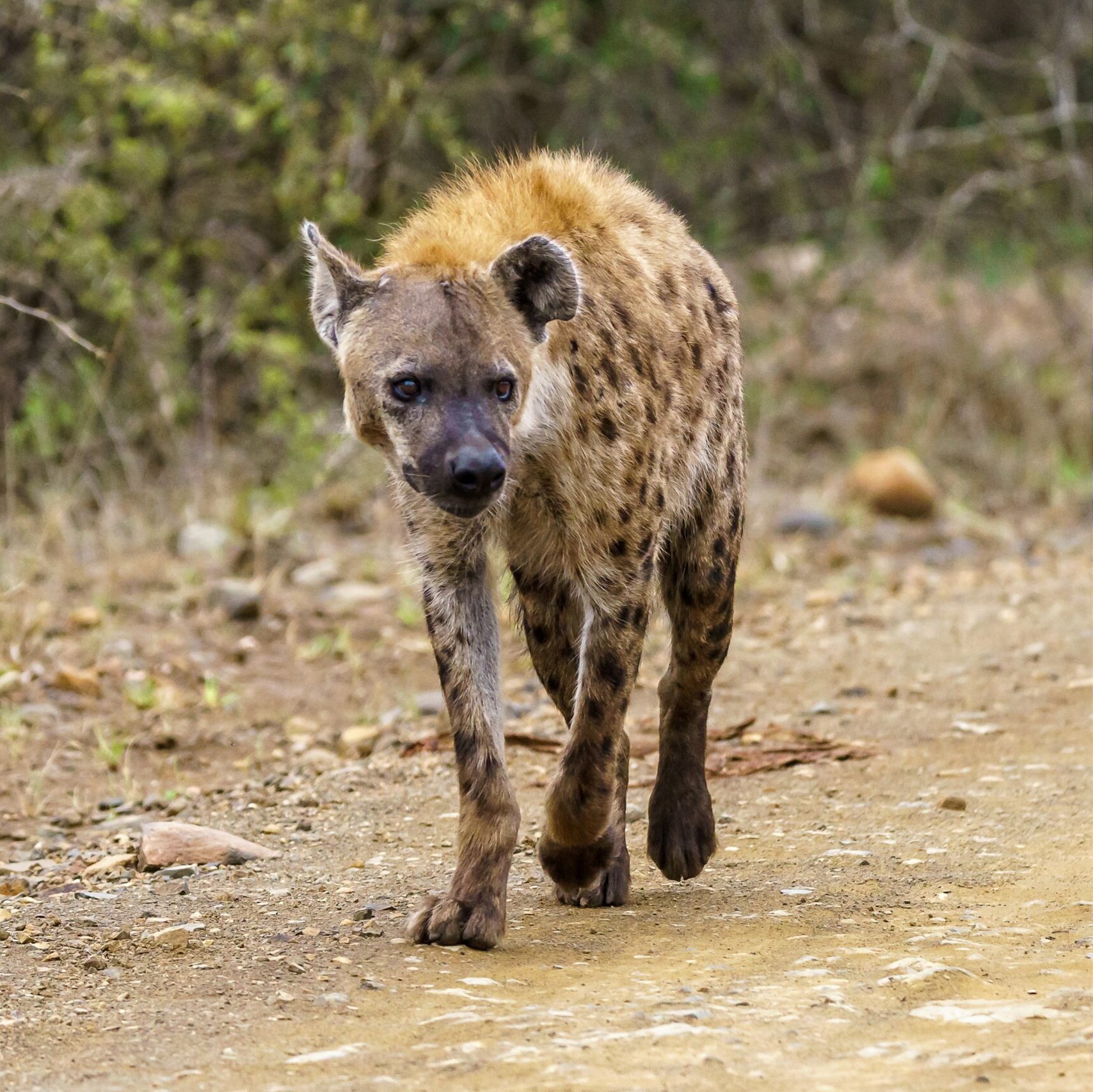
Spotted Hyena
The spotted hyena is found in the northern, northeastern, and northwestern parts of South Africa and many other countries up in Africa. They are vocal and social animals and can be heard at night in the distance. They are very good hunters and tend to chase other predators from their prey when gathered in numbers. Other predators hide their prey from hyenas.
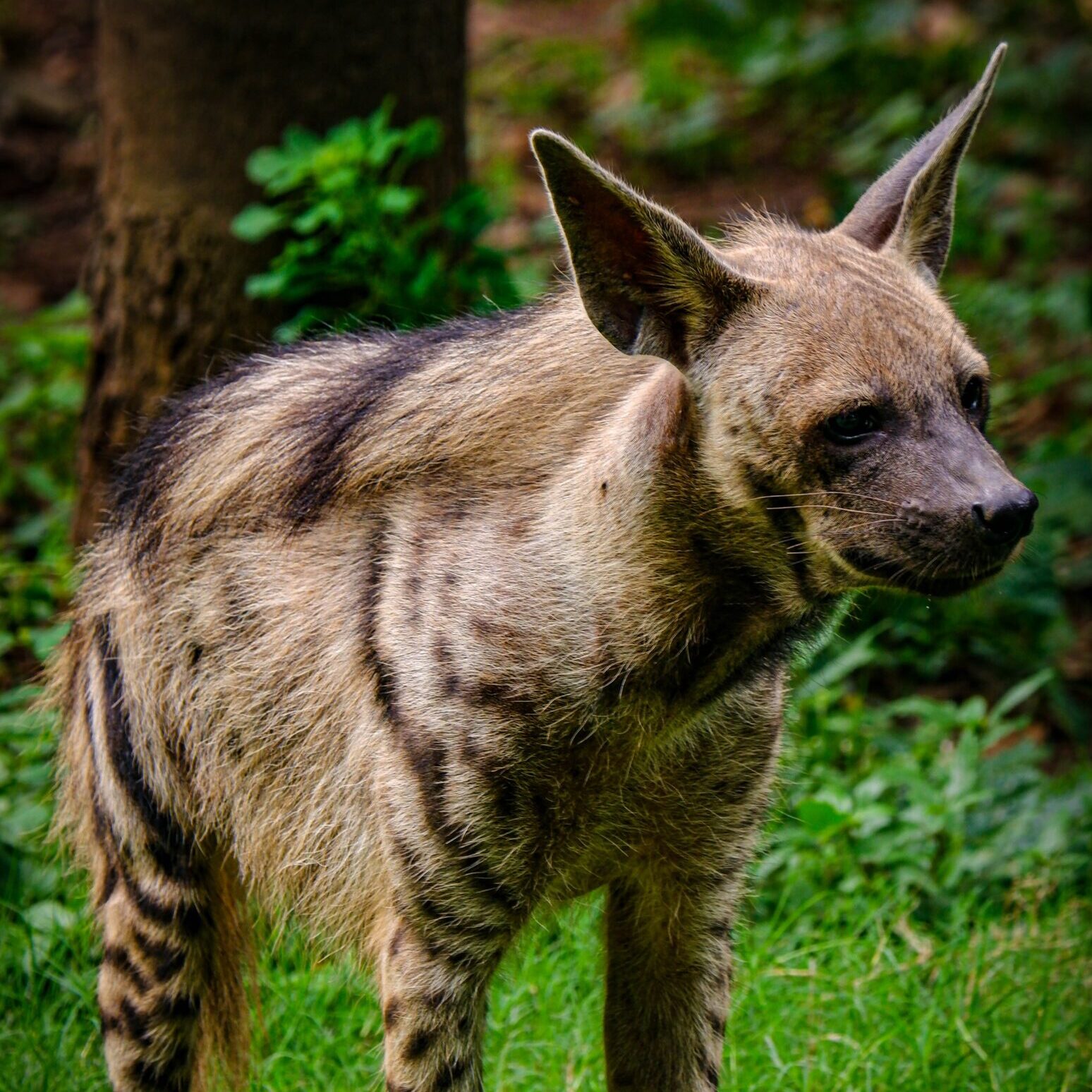
Brown Hyena
Brown hyenas are mostly active at night but are sometimes found during the day and are very seldom heard unlike their cousin the spotted hyena. They are opportunistic hunters. They can be found in savannahs, grasslands, and semi-deserts of southern Africa and are also found in big numbers across Namibia on the coast.
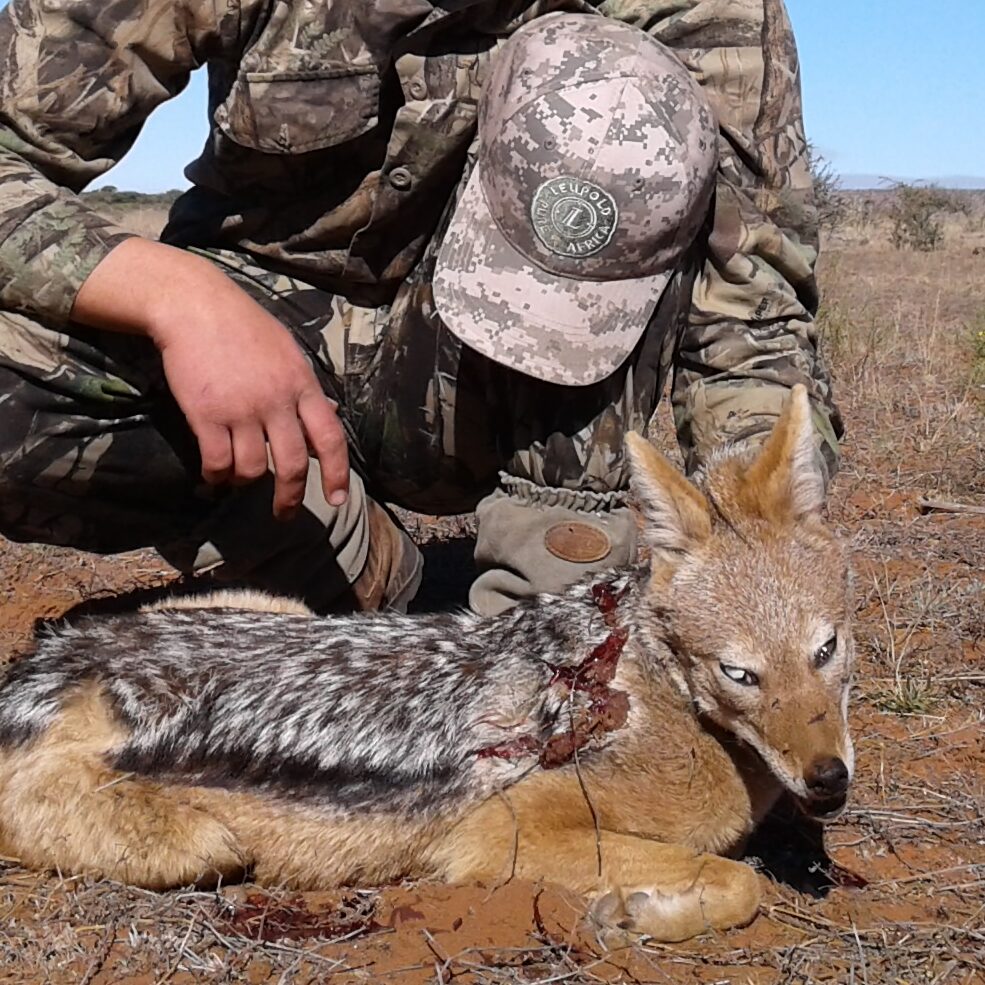
Jackal
Jackals are known for being cunning and fast. These animals resemble wild dogs or foxes and are easily spooked when in pursuit of their prey. Their black backs are their most visible markers.
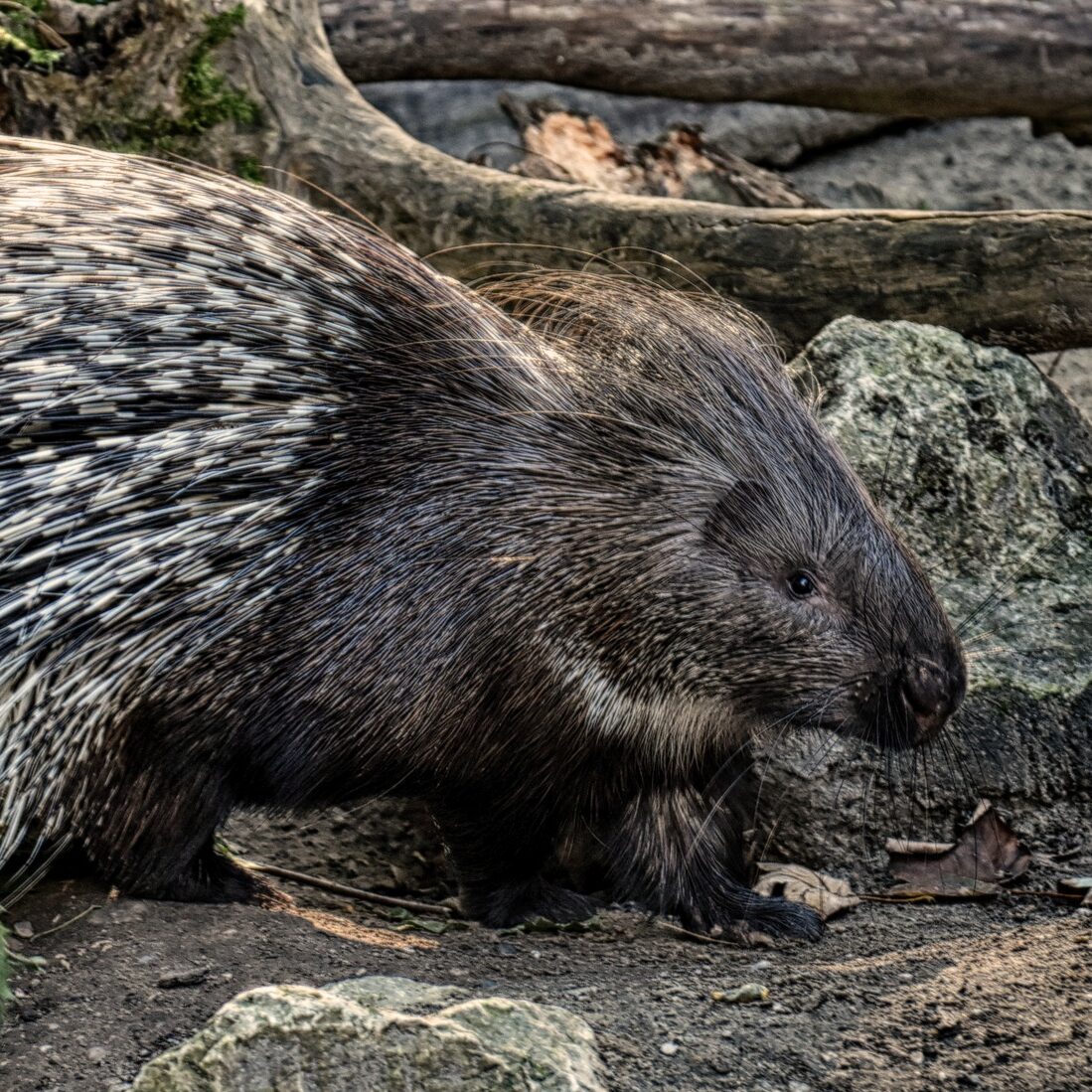
Porcupine
Porcupines are large, slow-moving rodents with sharp quills on their backs. Porcupines use the quills as a defense. They shake them, which makes them rattle, warning potential predators. If that doesn't work, they charge backward into the predator. Hunting porcupines takes a lot of patience and preparation as they are mainly hunted at night.
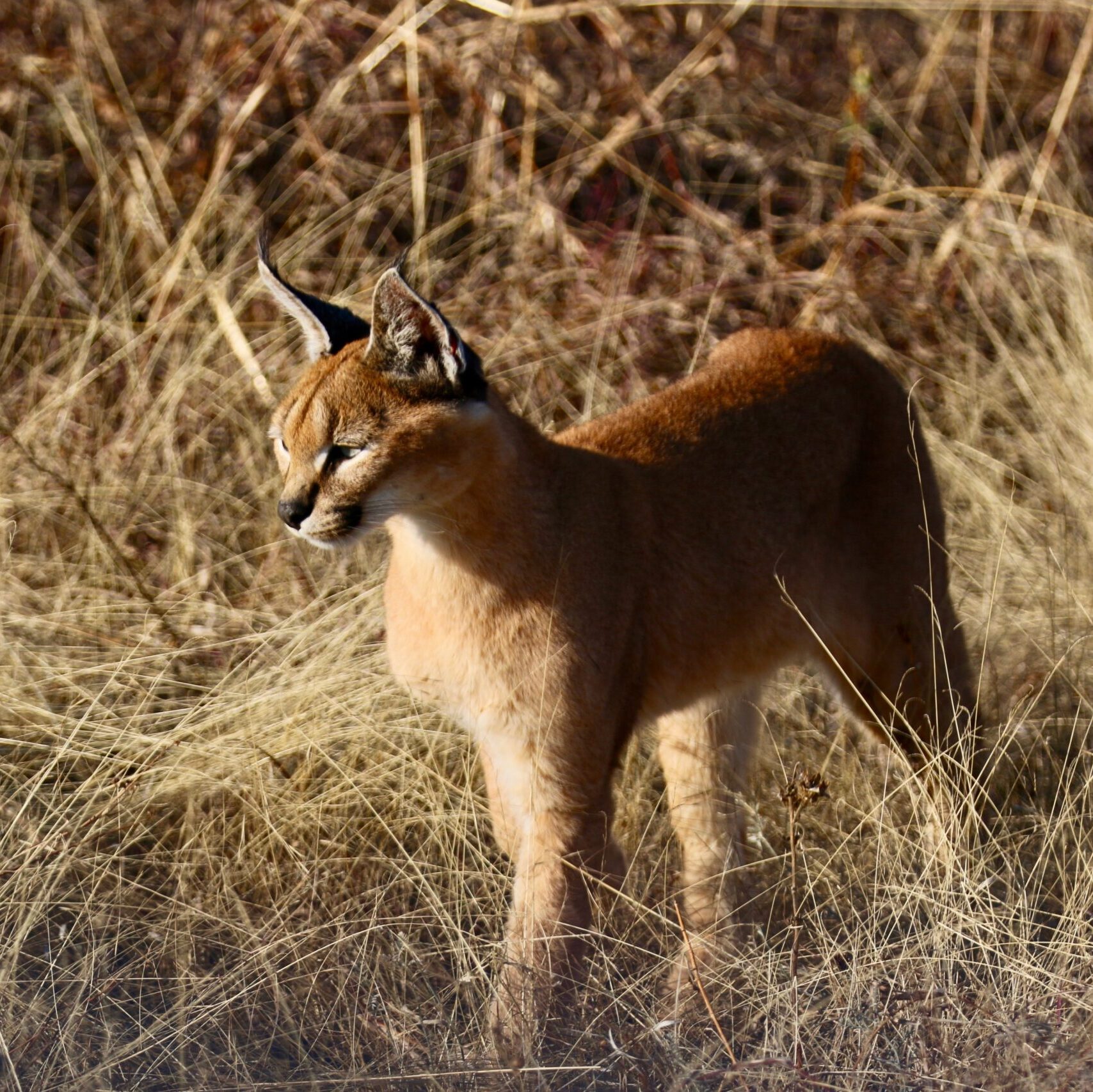
Caracal
This member of the feline family is also found in the Middle East! Their distinctive furry ears and face markings, as well as their strangely small size, are what distinguishes them from the rest of the jungle cats.
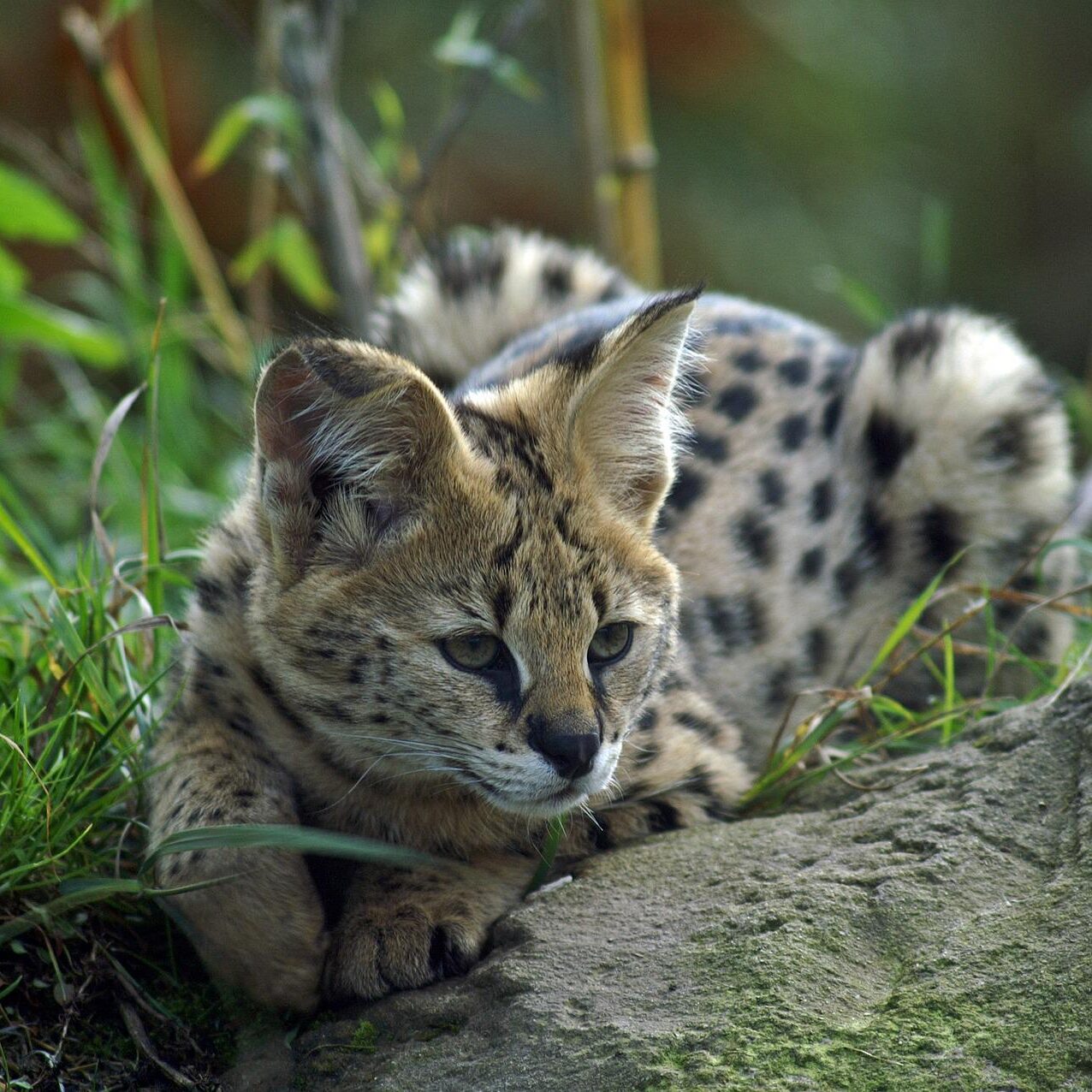
Serval
Servals are medium-sized wild cats with tawny, black-spotted coats and long necks and legs that allow them to see over savanna grasses. They have large ears and an acute sense of hearing. Serval hunting is mostly done by experienced African hunters who specifically want this cat to complete a trophy collection. The serval has likely eluded him a few times, so has become a 'hunting mission'.
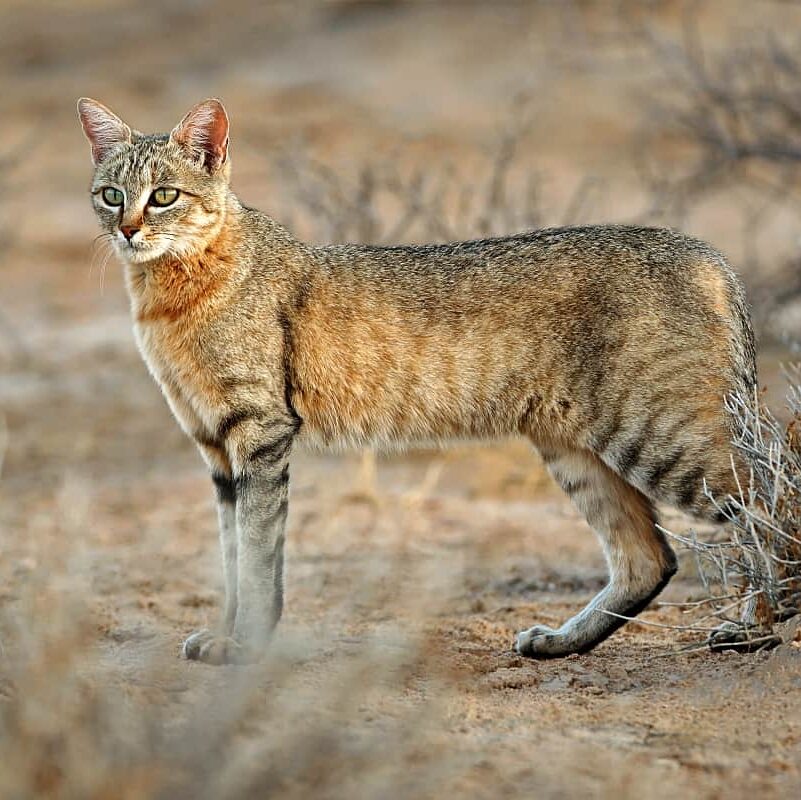
African Wild Cat
The African wildcat is also known as the desert cat. It is small and can be found in Africa and Asia. African Wild Cats usually have cream patches on their throats, abdomen, and between their forelegs. The ears are orangey-brown and the tail is bushy and blunt-ended. African wildcat hunting mainly takes place during a hunt for other animals. Most are taken as an animal of opportunity.

Spotted Genet
The spotted genet has a long tail with brown fur and black dots across the body. They have retractable claws that help them climb trees. When threatened, it erects its long mane so that it looks bigger. Hunting genet in Africa is done by spotting and stalking. They are best hunted as animals of opportunity while hunting other game and are usually hunted at night with a spotlight.
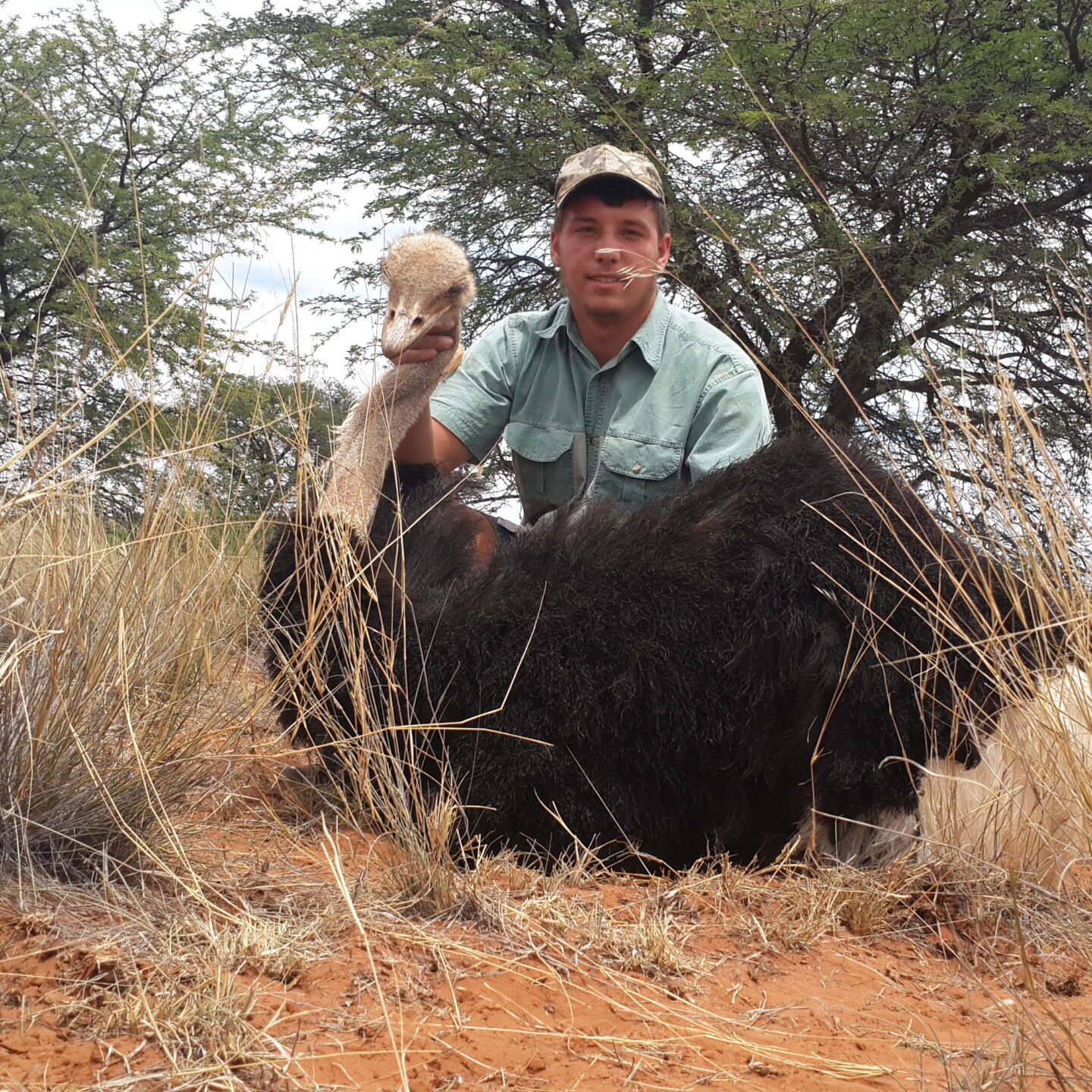
Ostrich
When you think of Africa, ostriches are probably the singular bird that comes to mind. Watch out for these as a special collection item, but beware of their tempers and sharp beaks that will most certainly attack you.
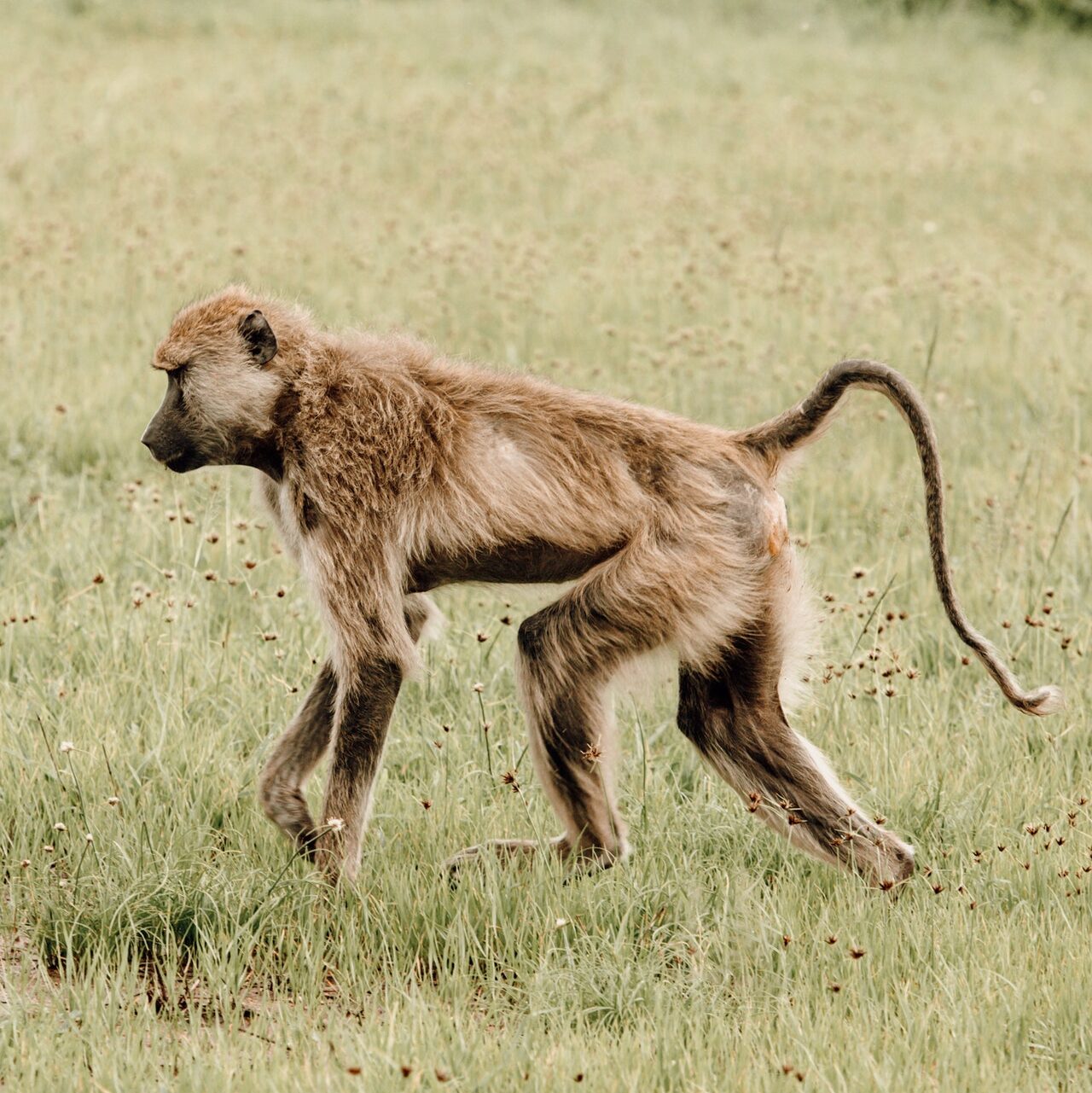
Baboon
This is one of the most difficult animals to hunt in Africa. Because they are always in large groups, there are a lot of eyes to spot you. Baboons tend to be aggressive and very dangerous when threatened. Hunting Baboons requires patience and quick, stable shot placement. Big baboon males are aggressive and can even fend off big leopard males trying to prey on them.
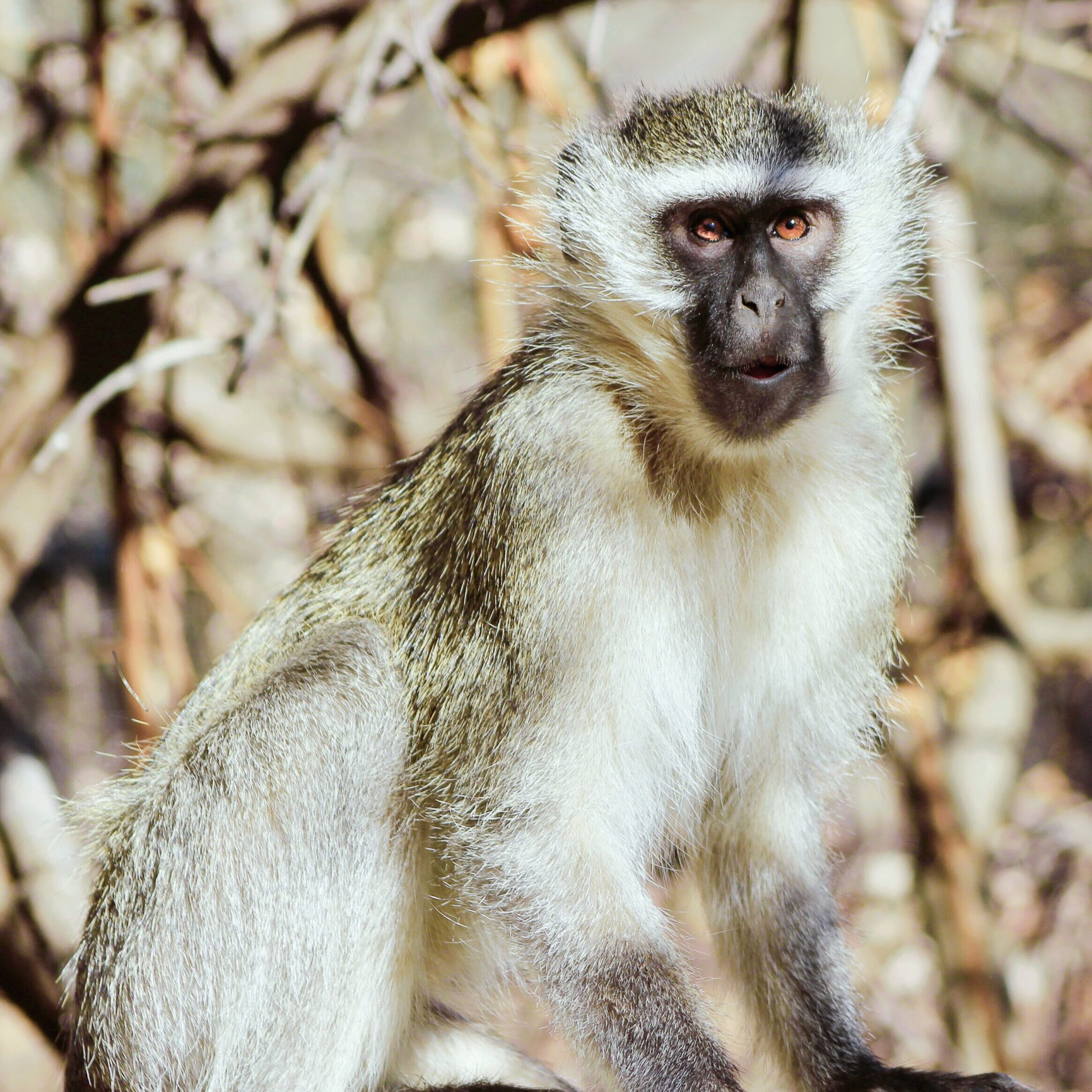
Vervet Monkey
Vervet Monkey (Blou-Aap in Afrikaans) is one of the smaller primate species. People also tend to call them the blue ball monkeys. This primate comes into conflict with humans frequently as they cause damage to properties and crops. They are more difficult to hunt than you would think as they have good eyesight and vigilant movement.

Plains game recommended rifles
You can bring your rifle and bow. The hiring of equipment is available.
6.5 Creedmoor
30-06 Springfield
.308 Winchester
.300 Win. Mag
338 Winchester Magnum.
.375 H&H
All these calibers are powerful enough to ethically take virtually every species of plains game with proper shot placement when looking at bigger species of plains game.
Bow Hunting
Ikamela Safaris provides a traditional hunting experience with our bow hunting expeditions. Discard the new technologies of rifles and get in touch with your primal self when you hunt with bows at Ikamela.
We help you navigate the wild jungles of Africa by using blinds as a hunting tactic for our bow hunters. Or for more of a challenge, you can embark on a walk and stalk hunt and earn yourself some bragging rights along with your trophy. Get access to a whole herd of exotic game that you’ve never experienced before on our hunting expeditions.
If you’re new to using a bow, we’ll make sure to familiarize you with the bow’s mechanisms and you’ll be a pro in no time!Most of your shots will be 20 yards or less with the occasional attempt at a longer shot.
If you’re looking for the best bow hunting safari in South Africa, you’ve come to the right place.
We offer the complete bow-hunting experience.
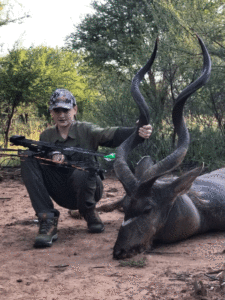
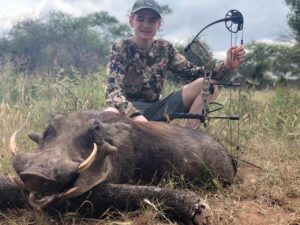
Hunting Packages
*Prices are due to change
3 Animal Package
1 Person | Hunting 3 animals- 7 days – 6 nights
- All- inclusive accommodation
- Hunting blesbuck or impala
- Hunting blue wildebeest or black wildebeest
- Hunting warthog
- Add an observer guest for $200-per person, per day
- Usually $5099
5 Animal Package
1 Person | Hunting 5 animals- 7 days – 6 nights
- All- inclusive accommodation
- Hunting gemsbuck, kudu, waterbuck, blue wildebeest and springbuck
- Add an observer guest for $200-per person, per day
- Usually $11444
7 Animal Package
2 People | Hunting 7 animals- 2 people hunting
- 7 days – 6 nights
- All- inclusive accommodation
- Hunting sable, waterbuck, blue wildebeest, gemsbuck, impala, blesbuck, springbuck
- Add an observer guest for $200-per person, per day
- Usually $16194
2 dangerous Animal Package
1 Person | Hunting 2 animals- 7 days – 6 nights
- All- inclusive accommodation
- Hunting crocodile and buffalo
- Add an observer guest for $200-per person, per day
- Usually $19000
3 Animal Package: ULTIMATE
1 Person | Hunting 3 animals- 7 days – 6 nights
- All- inclusive accommodation
- Roan up to 28″
- Sable up to 42″
- Cape Buffalo up to 40″ (Hard Boss)
- Add an observer guest for $200-per person, per day
- Usually $23500

